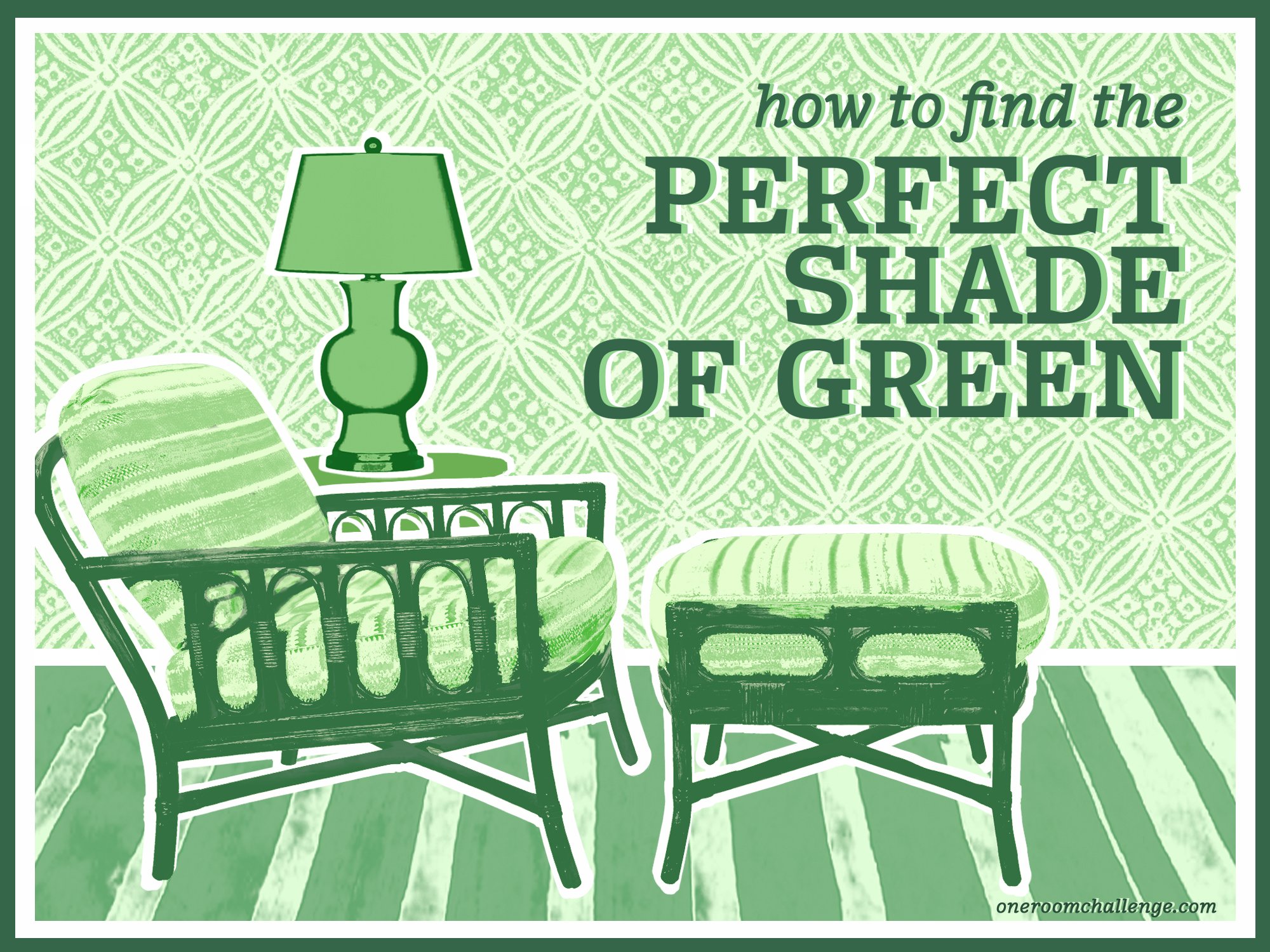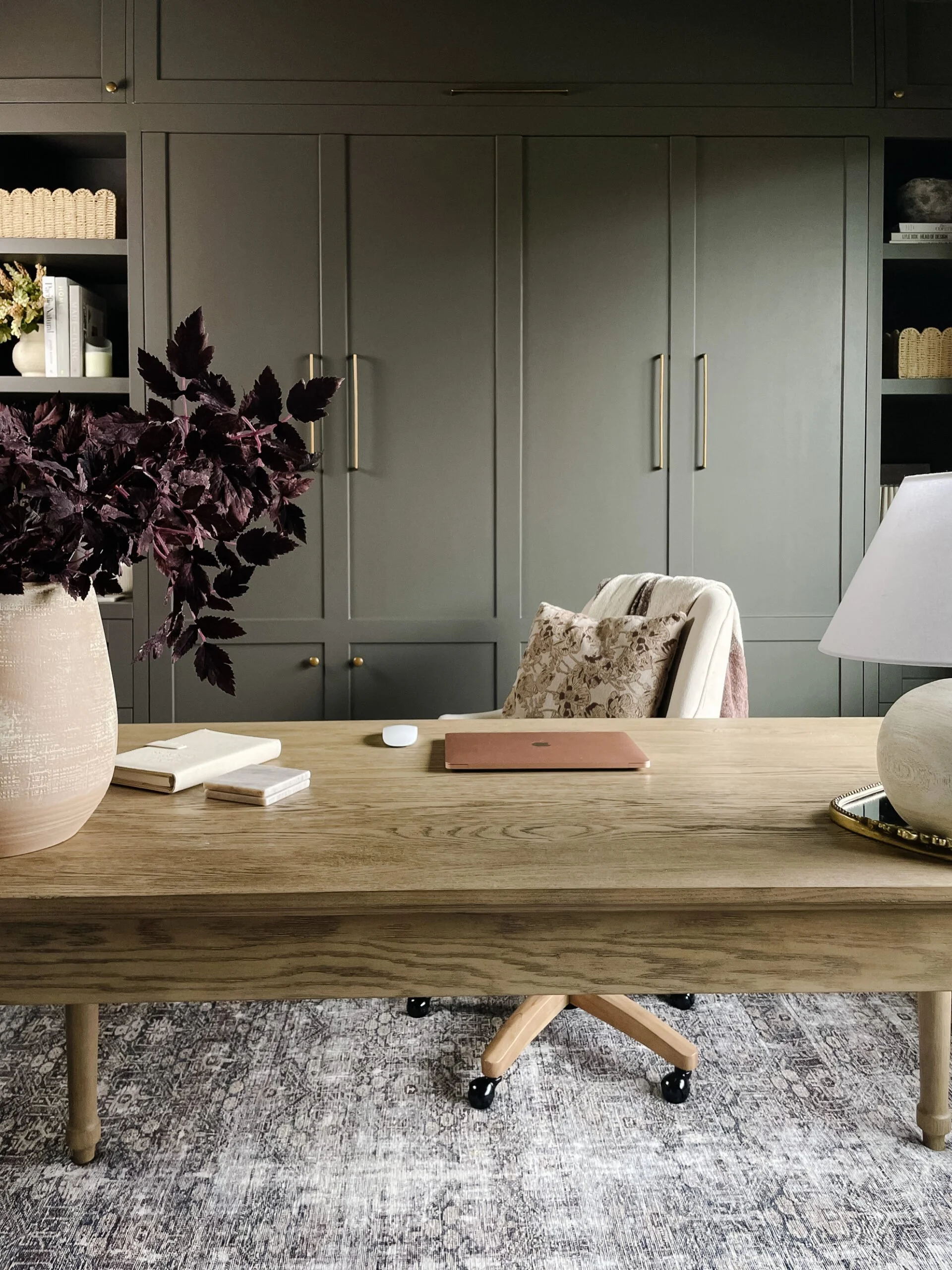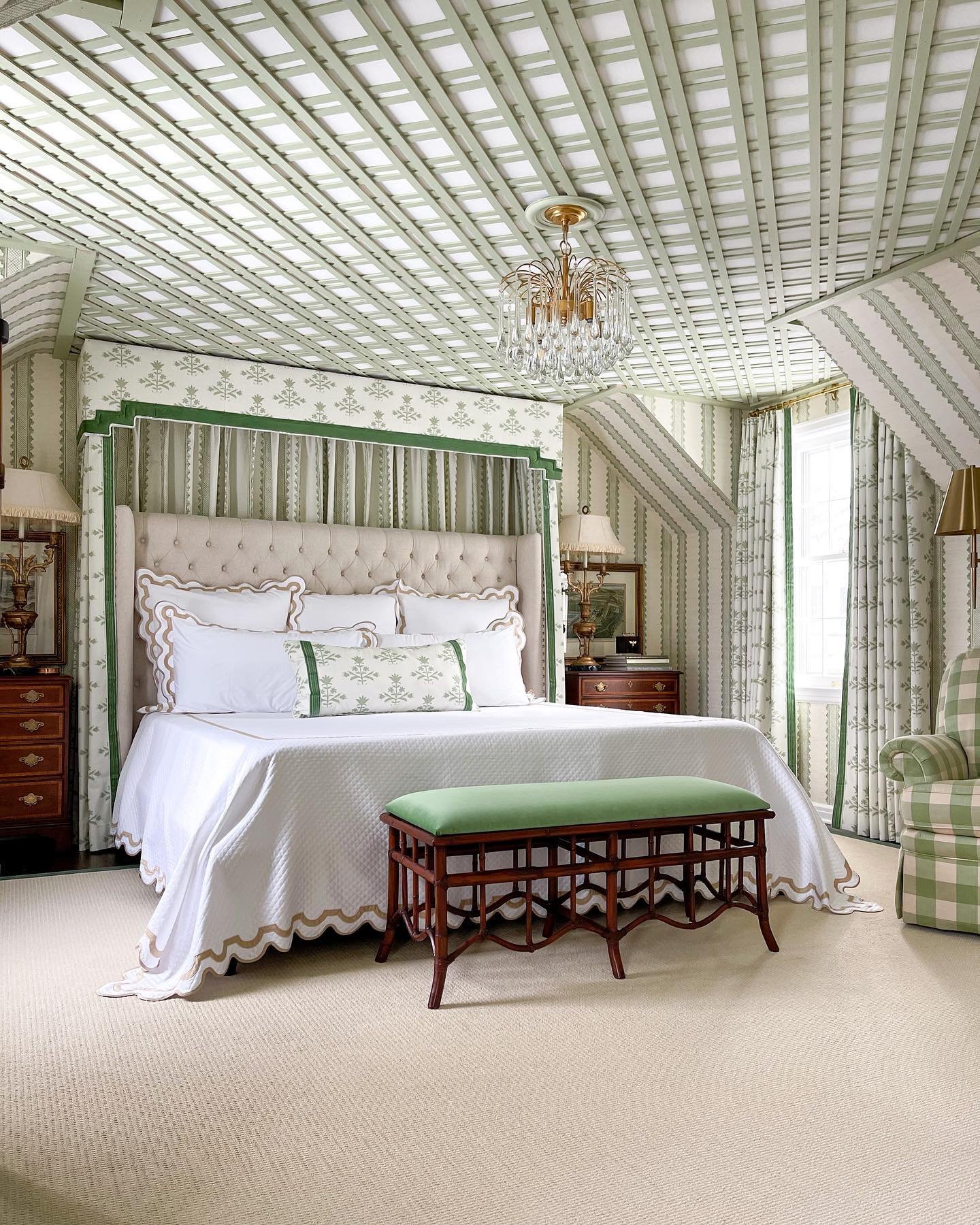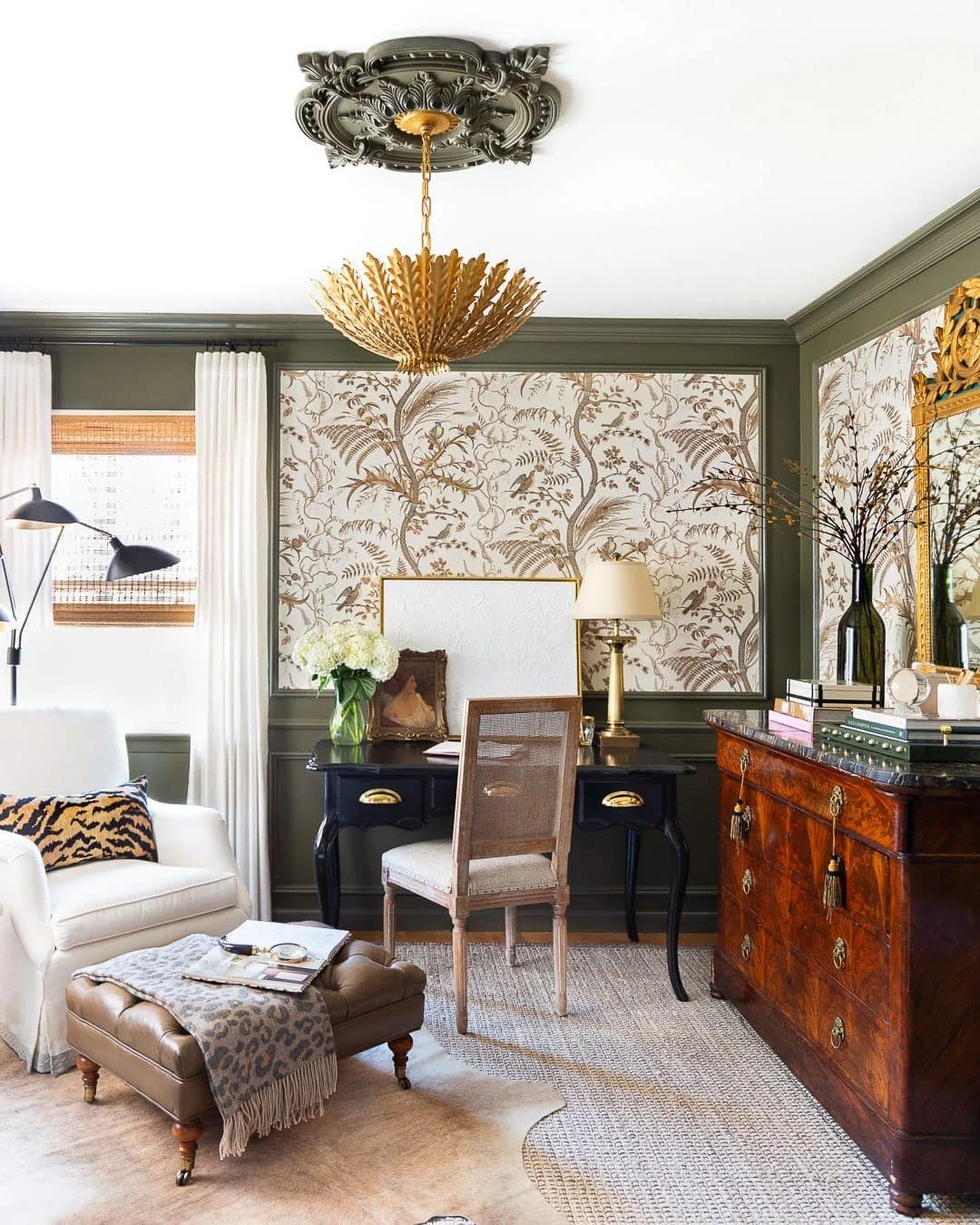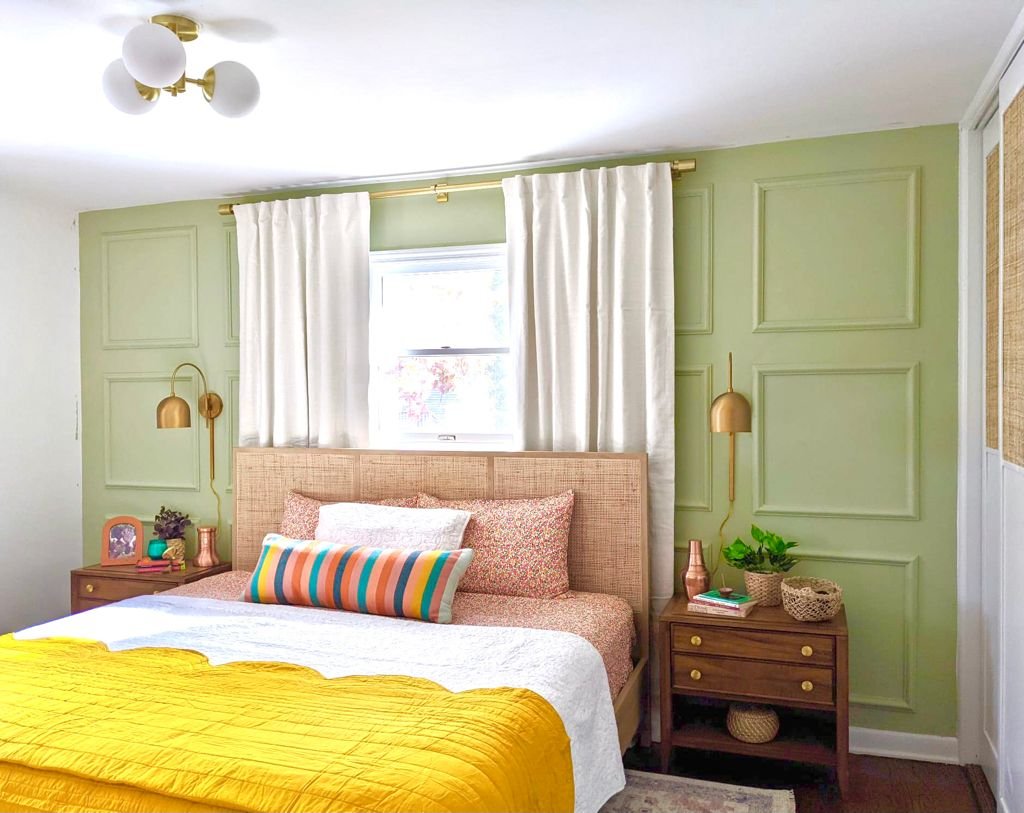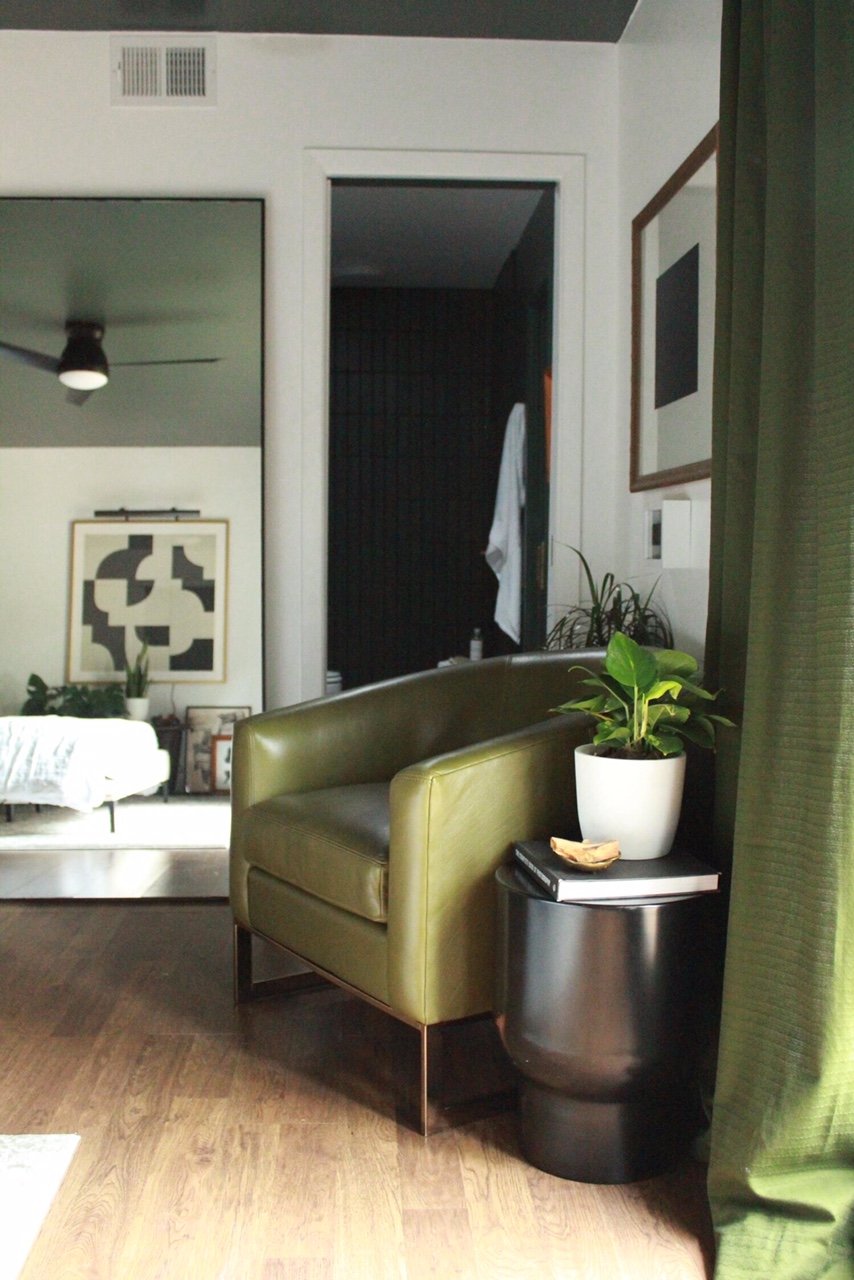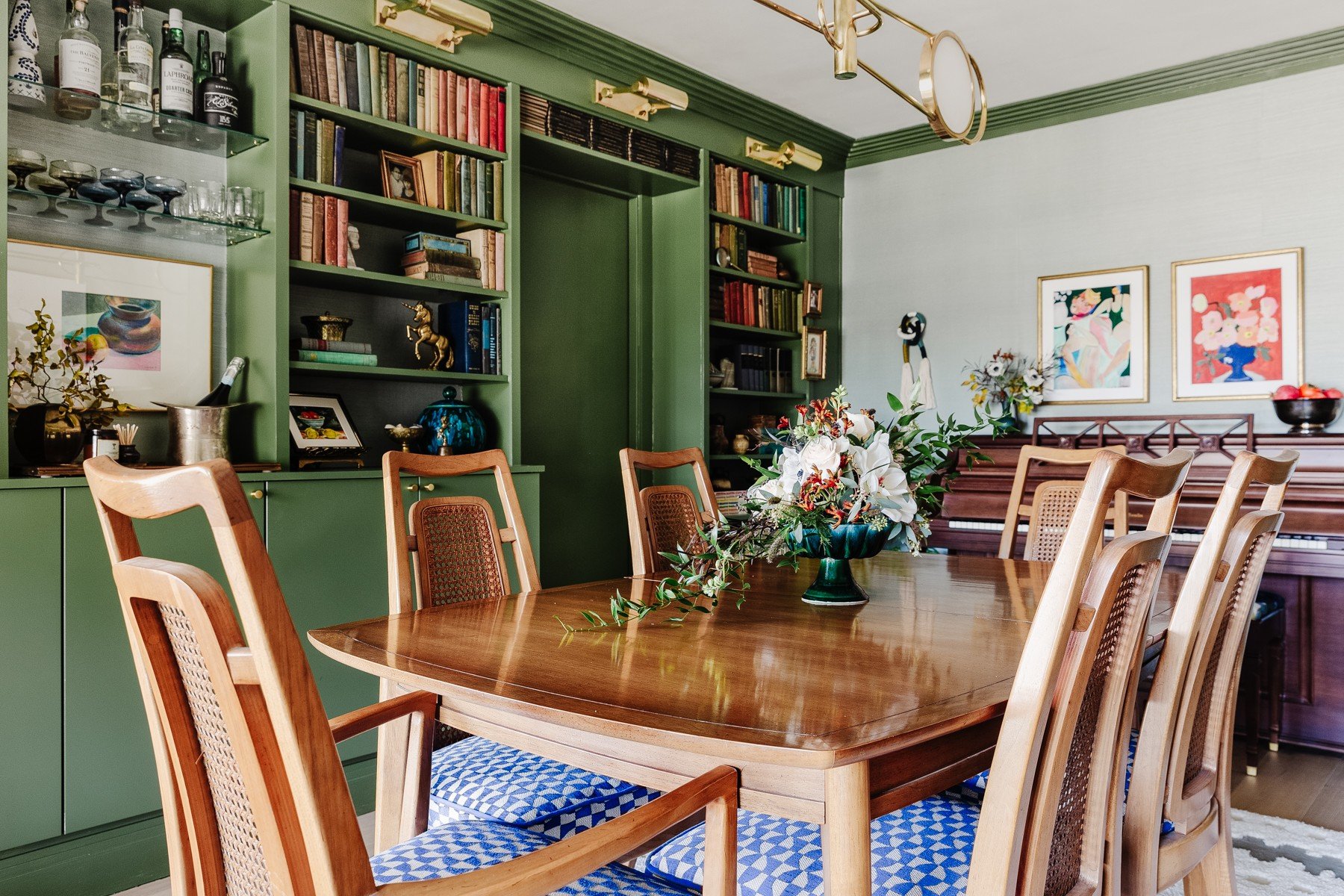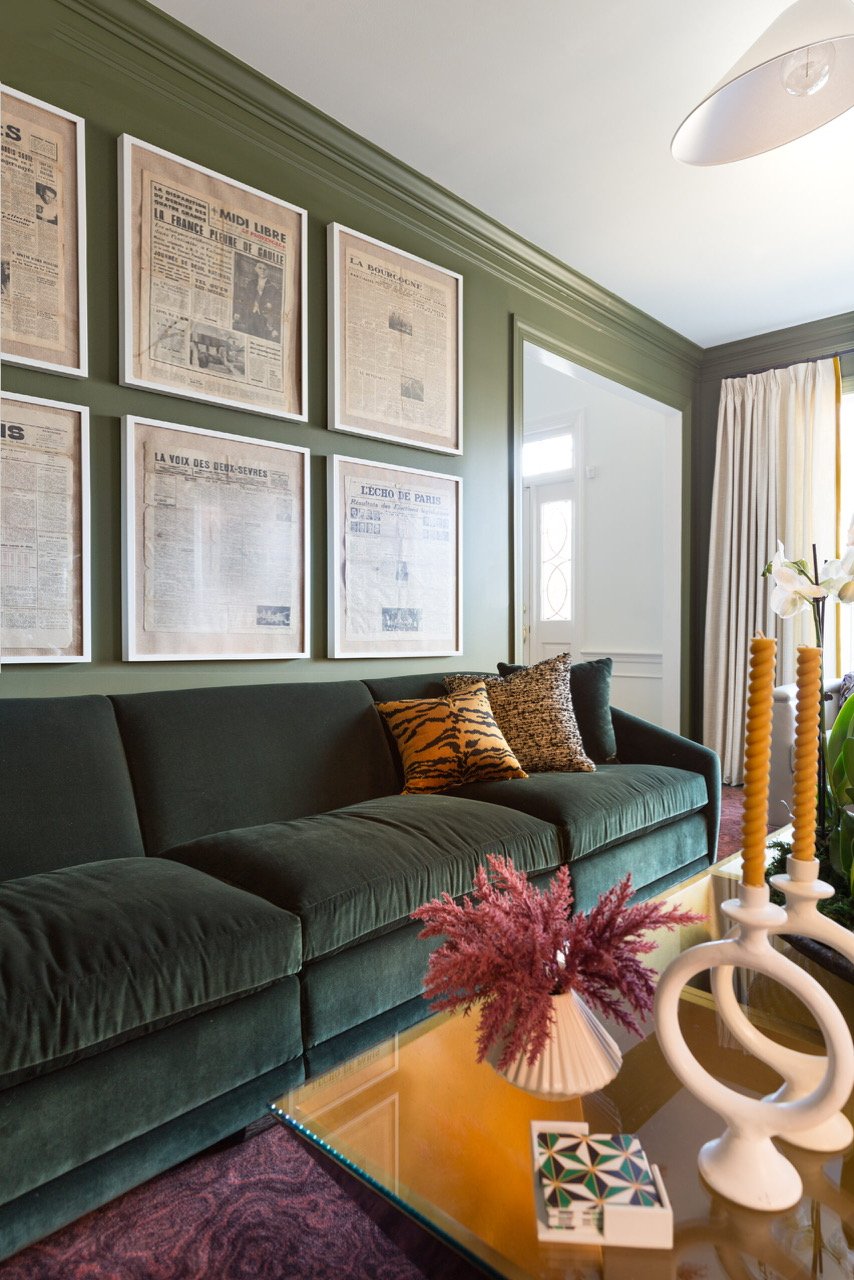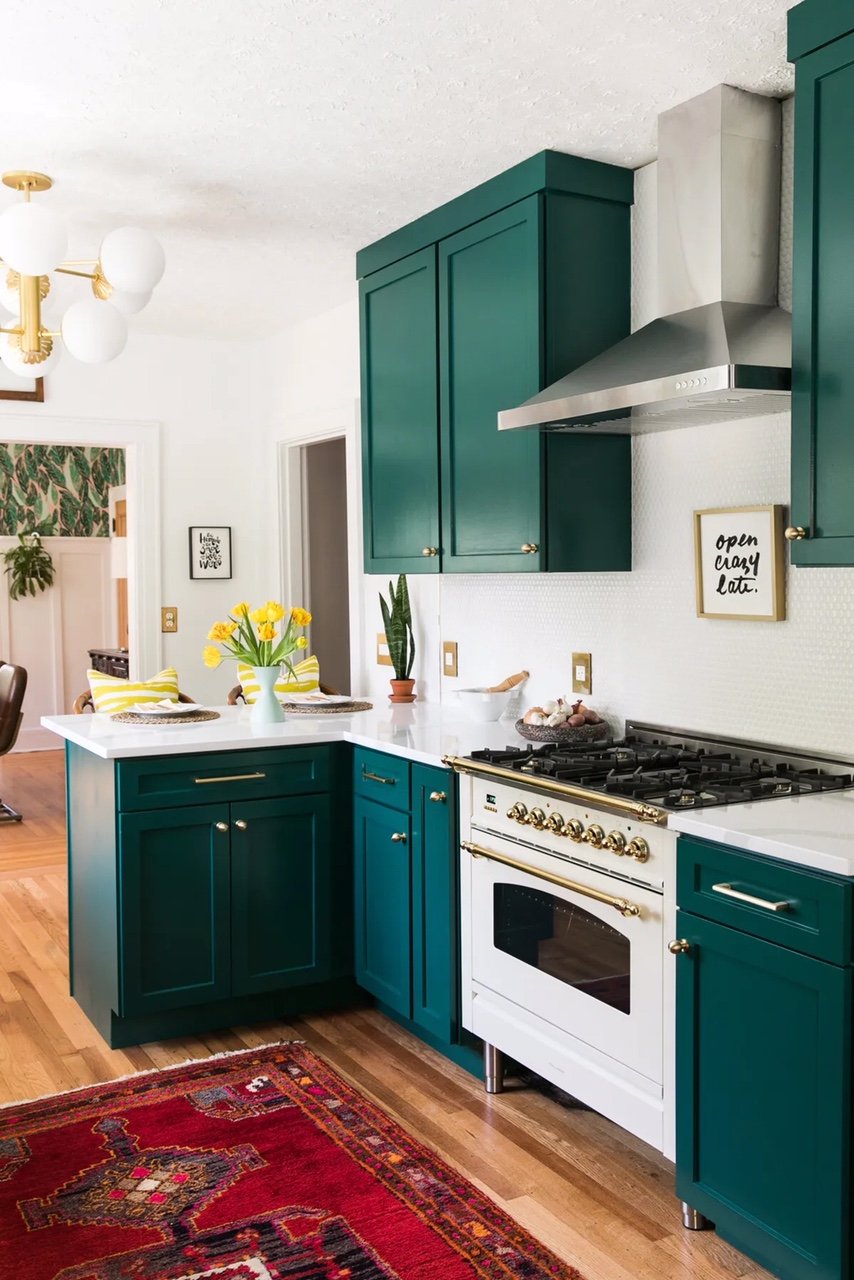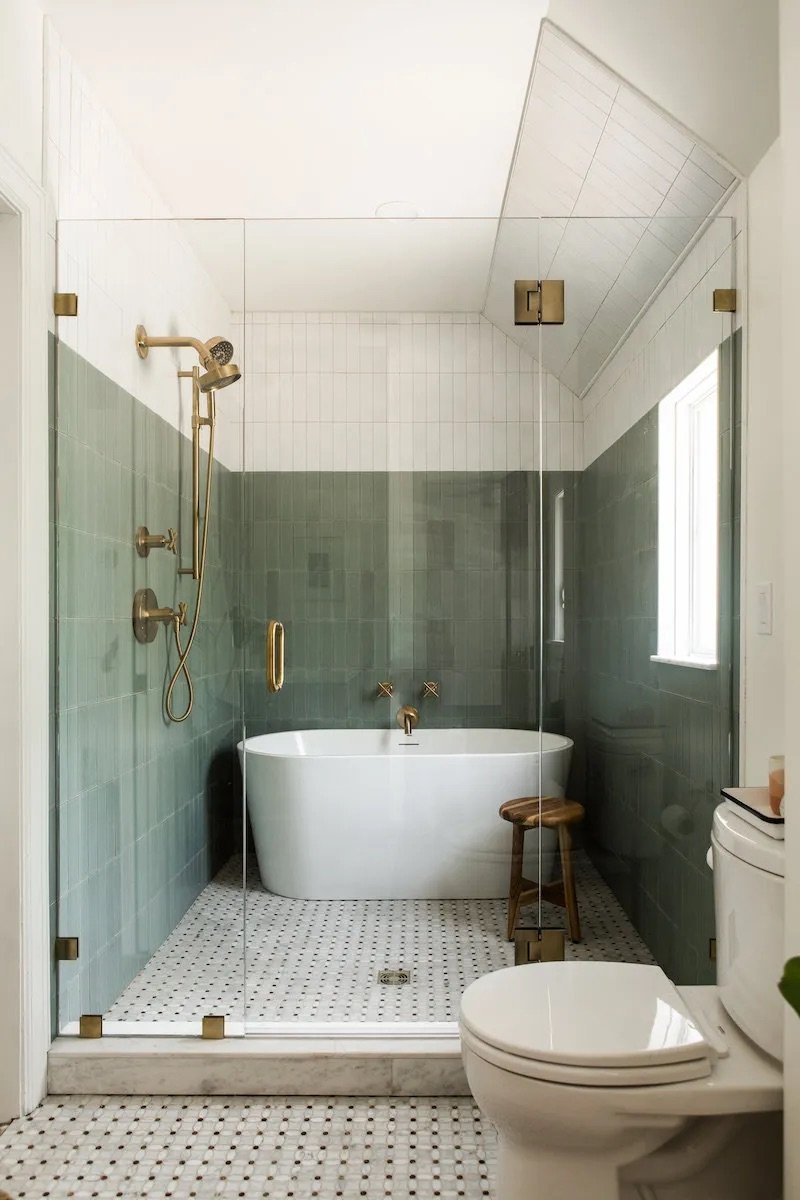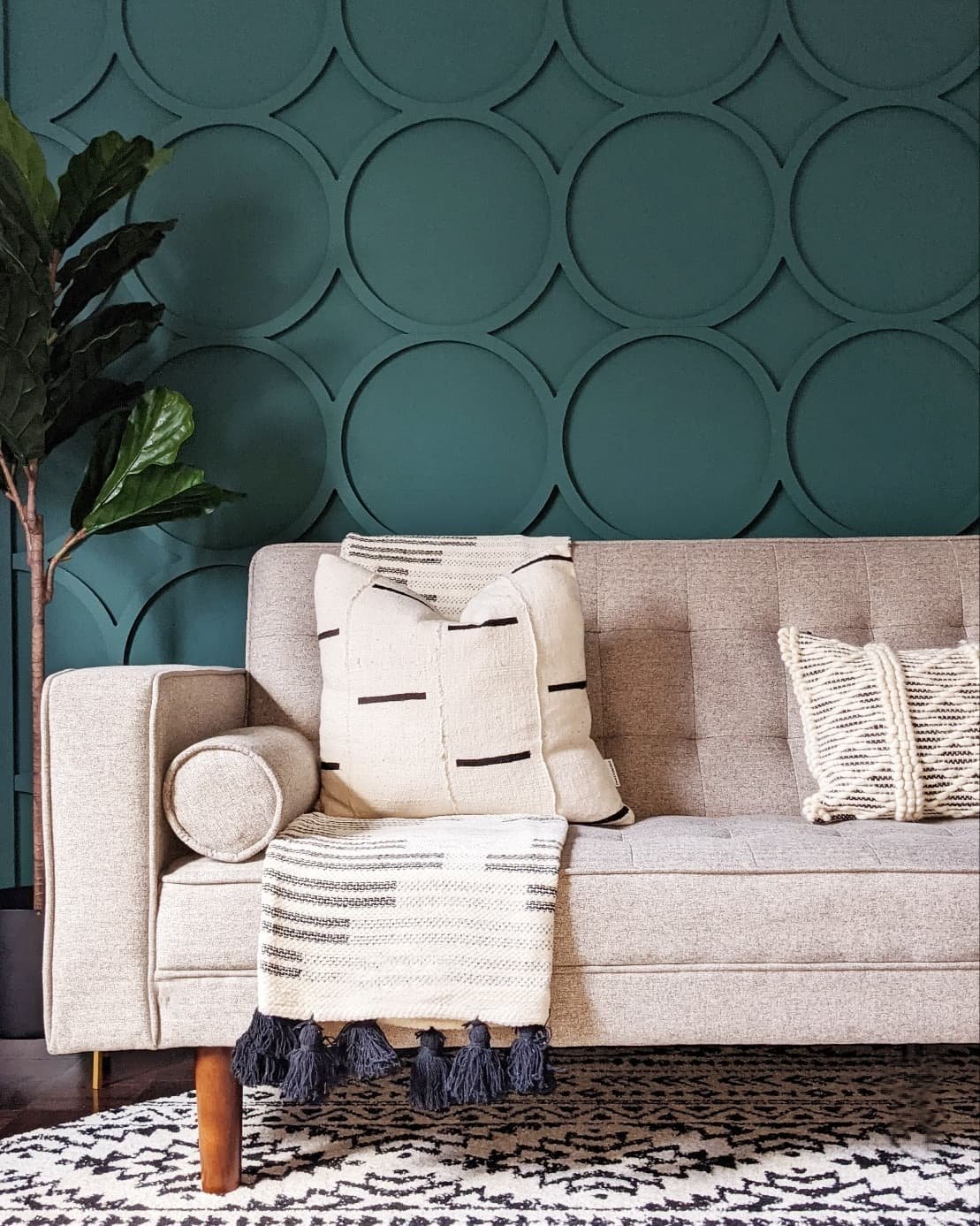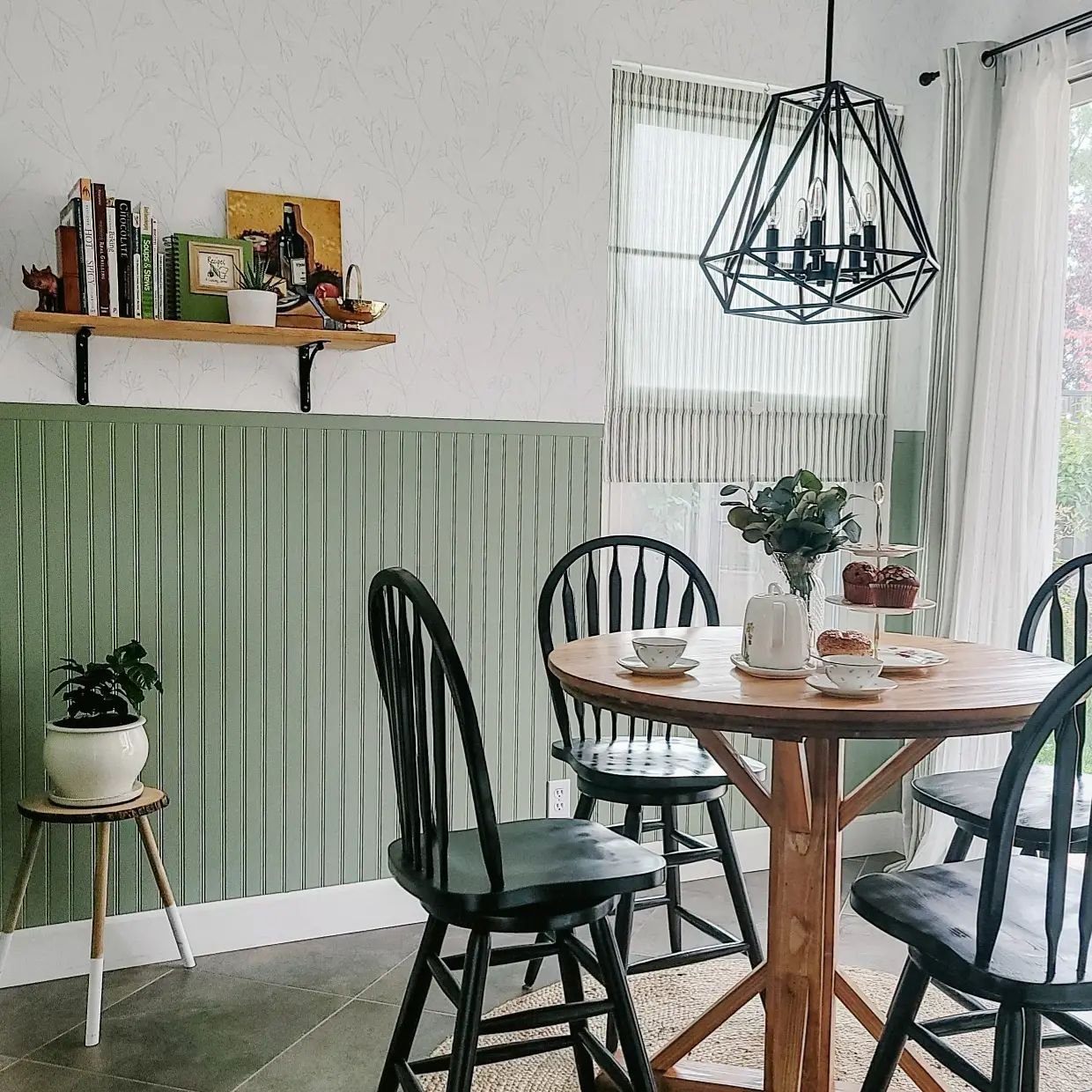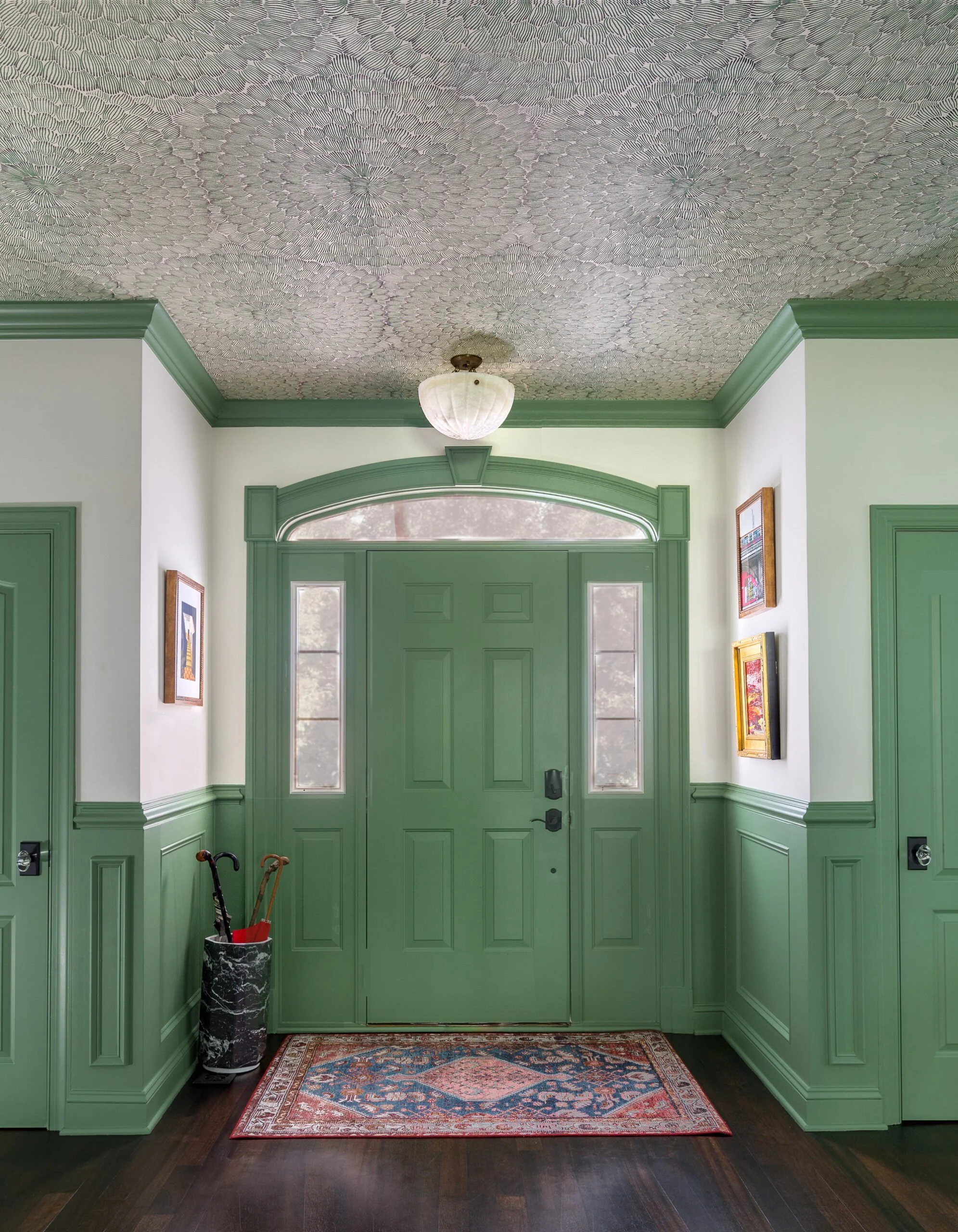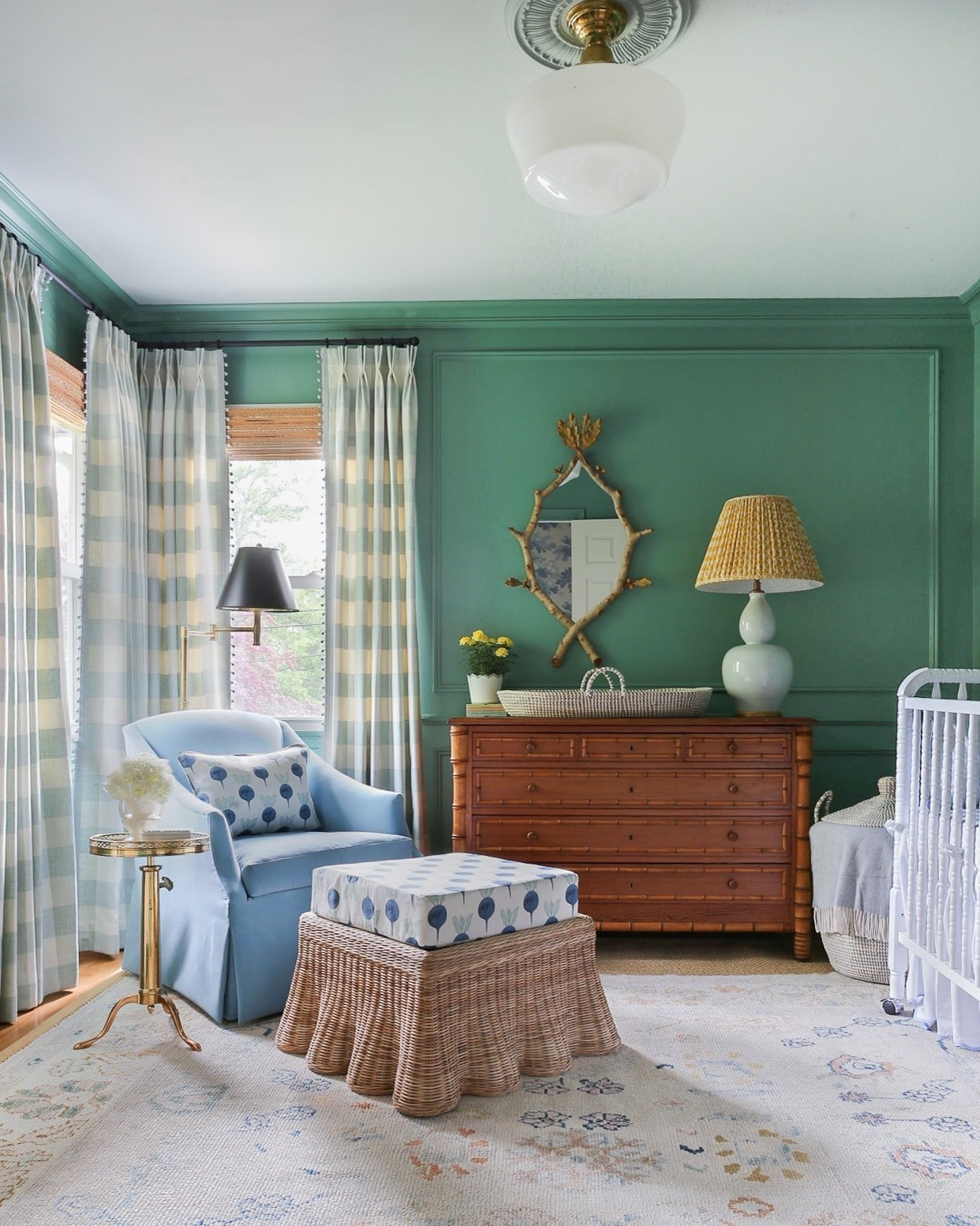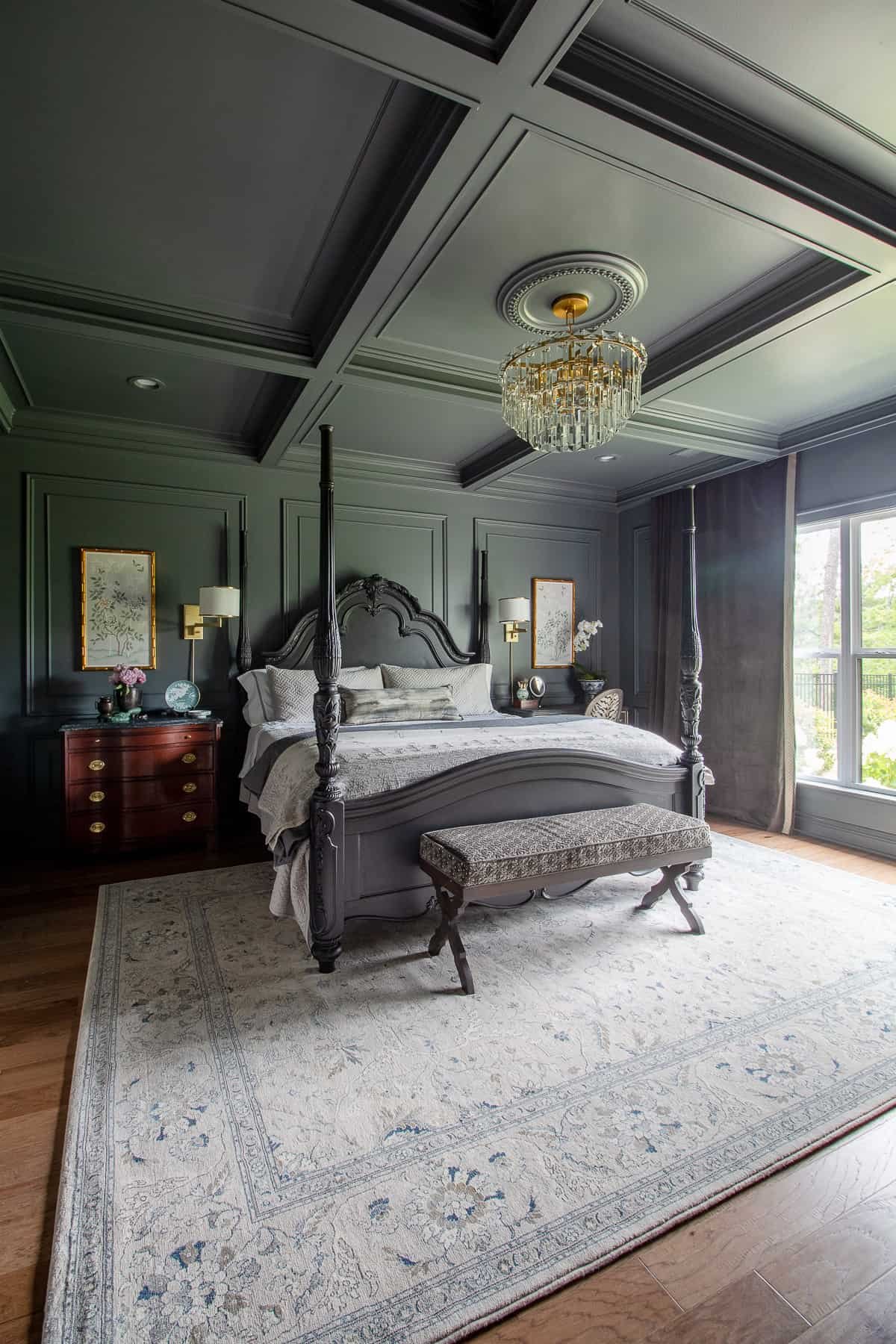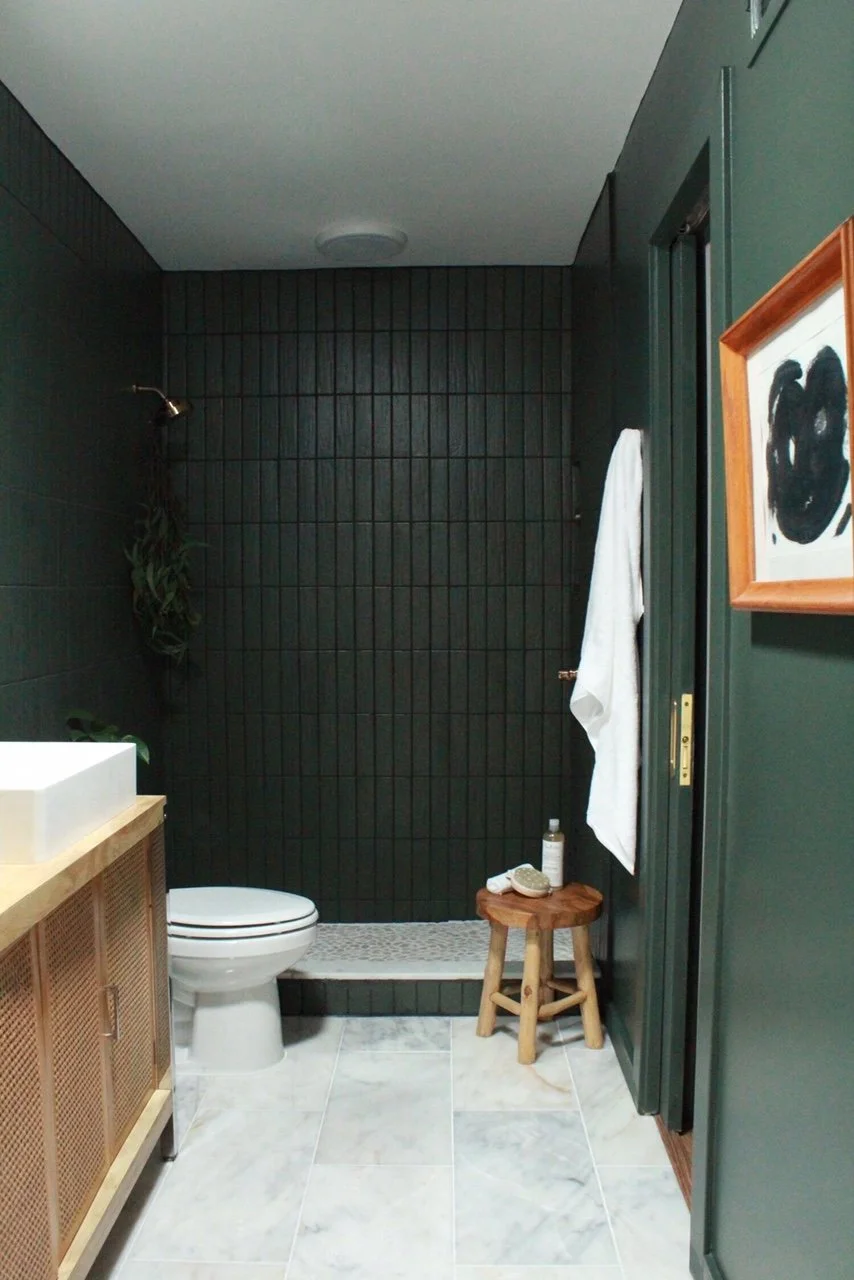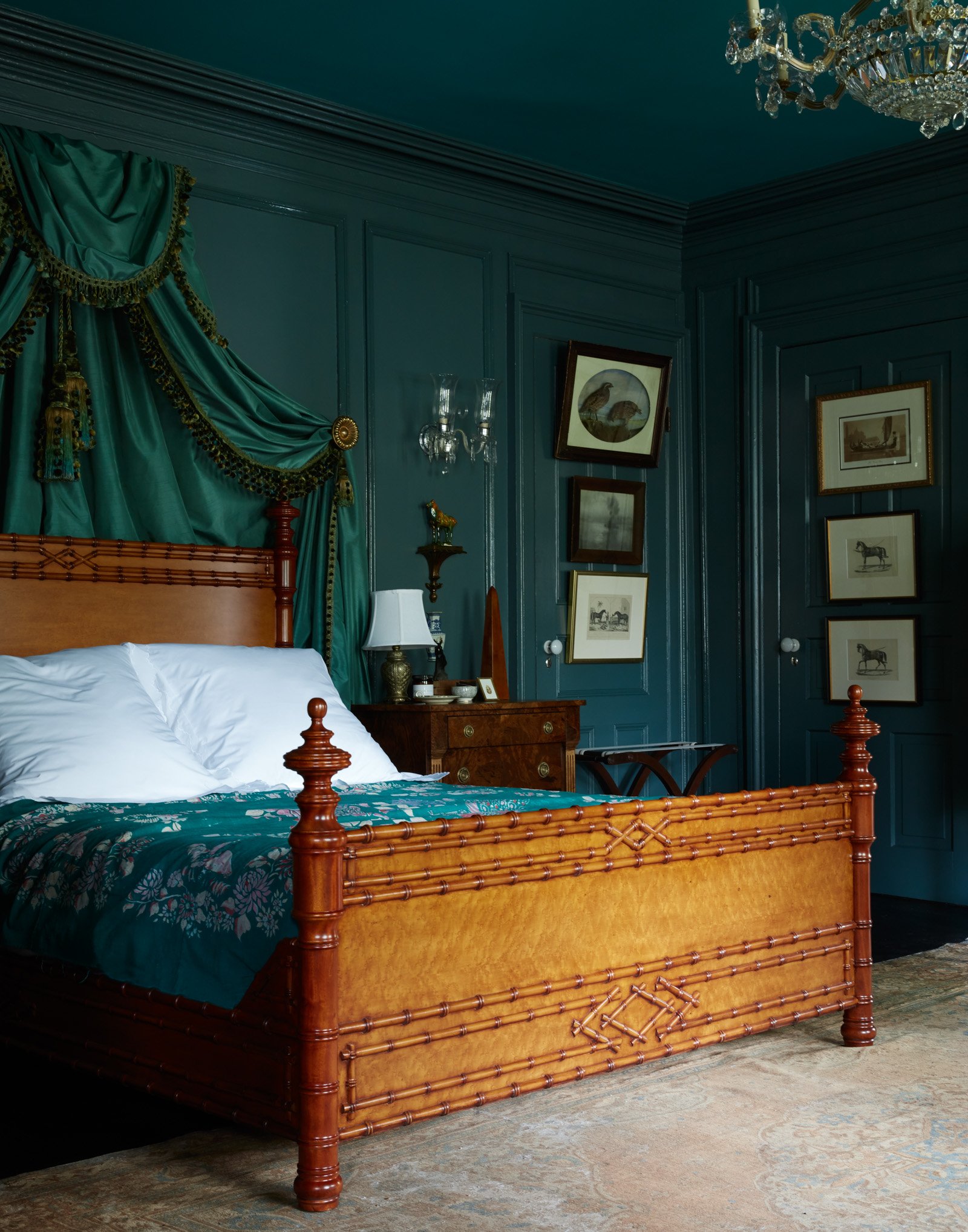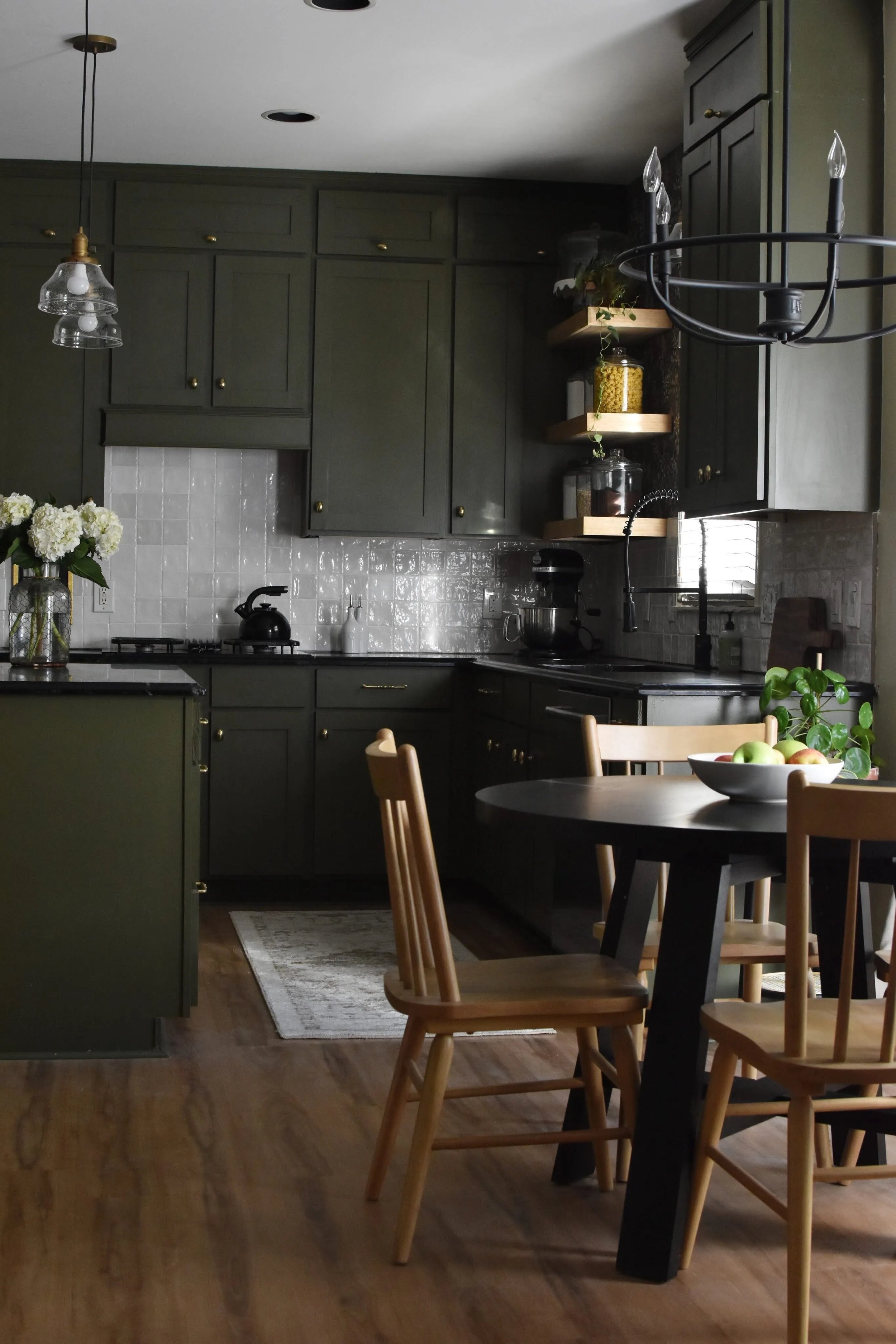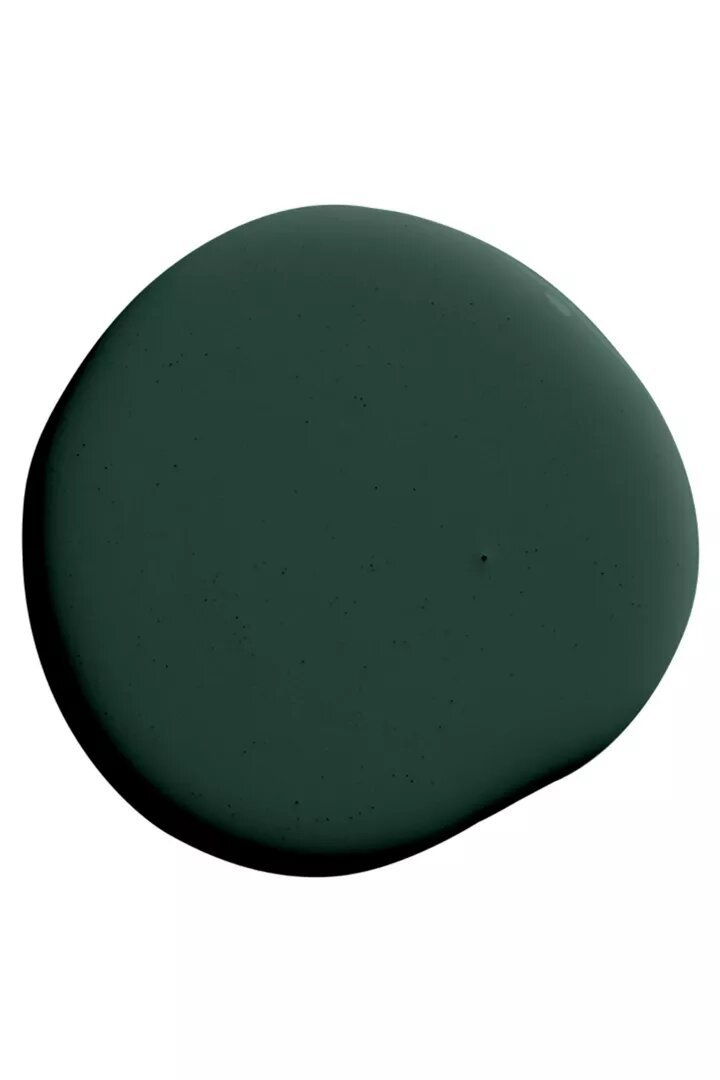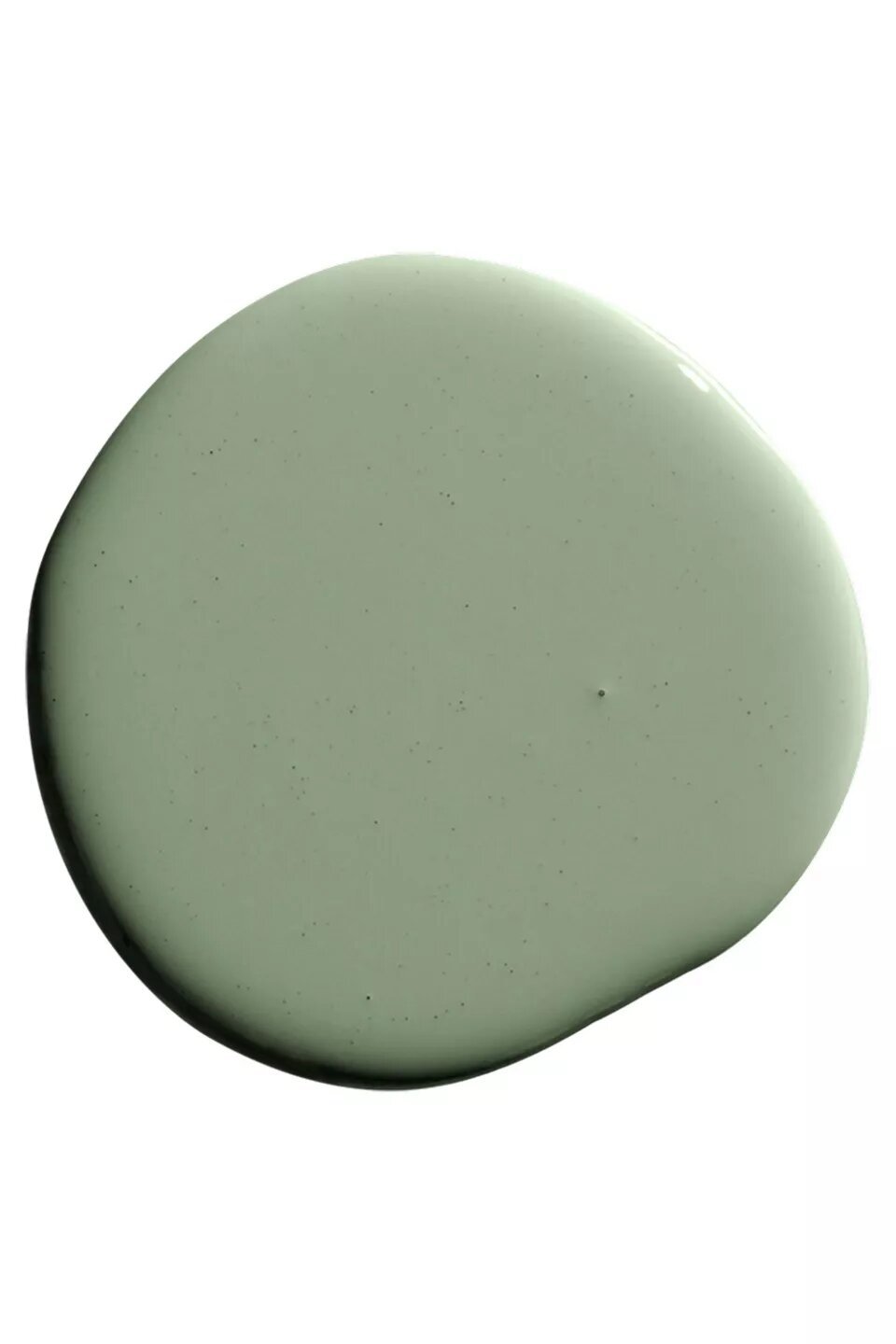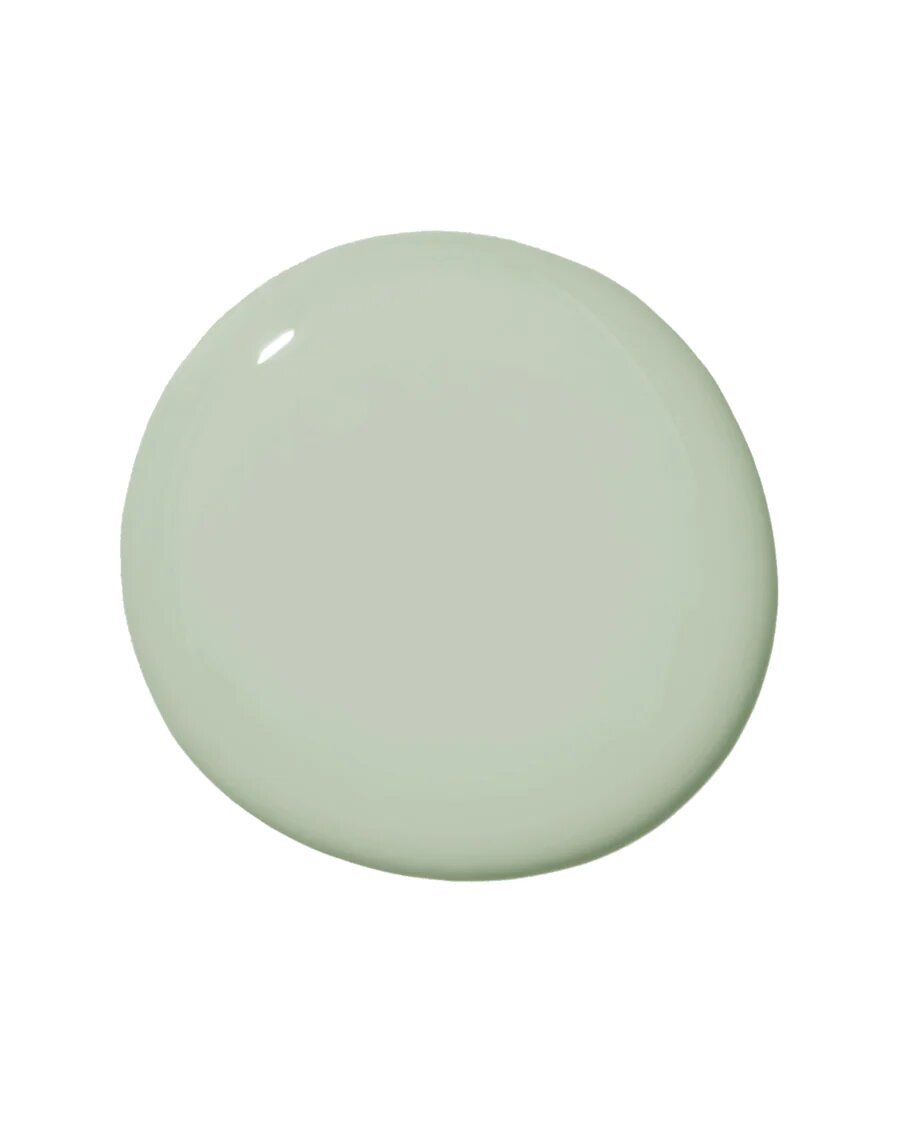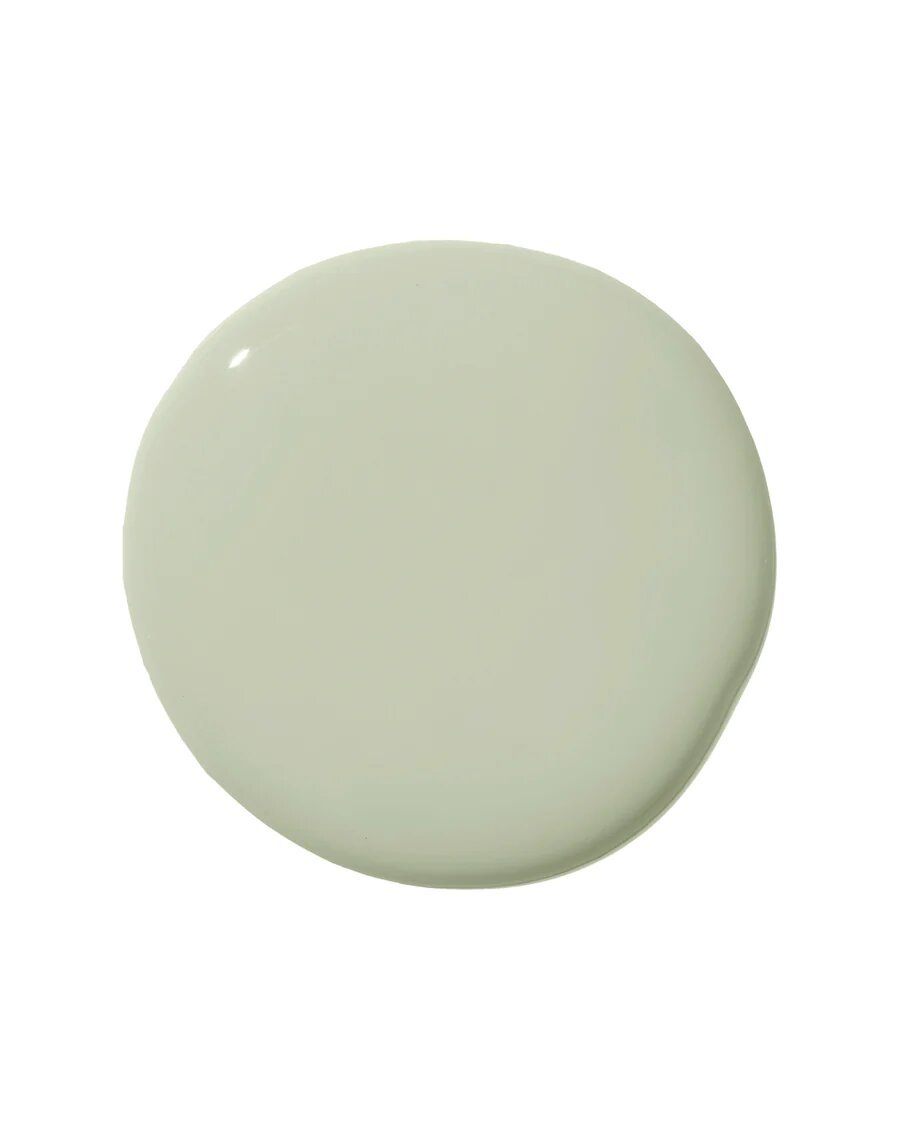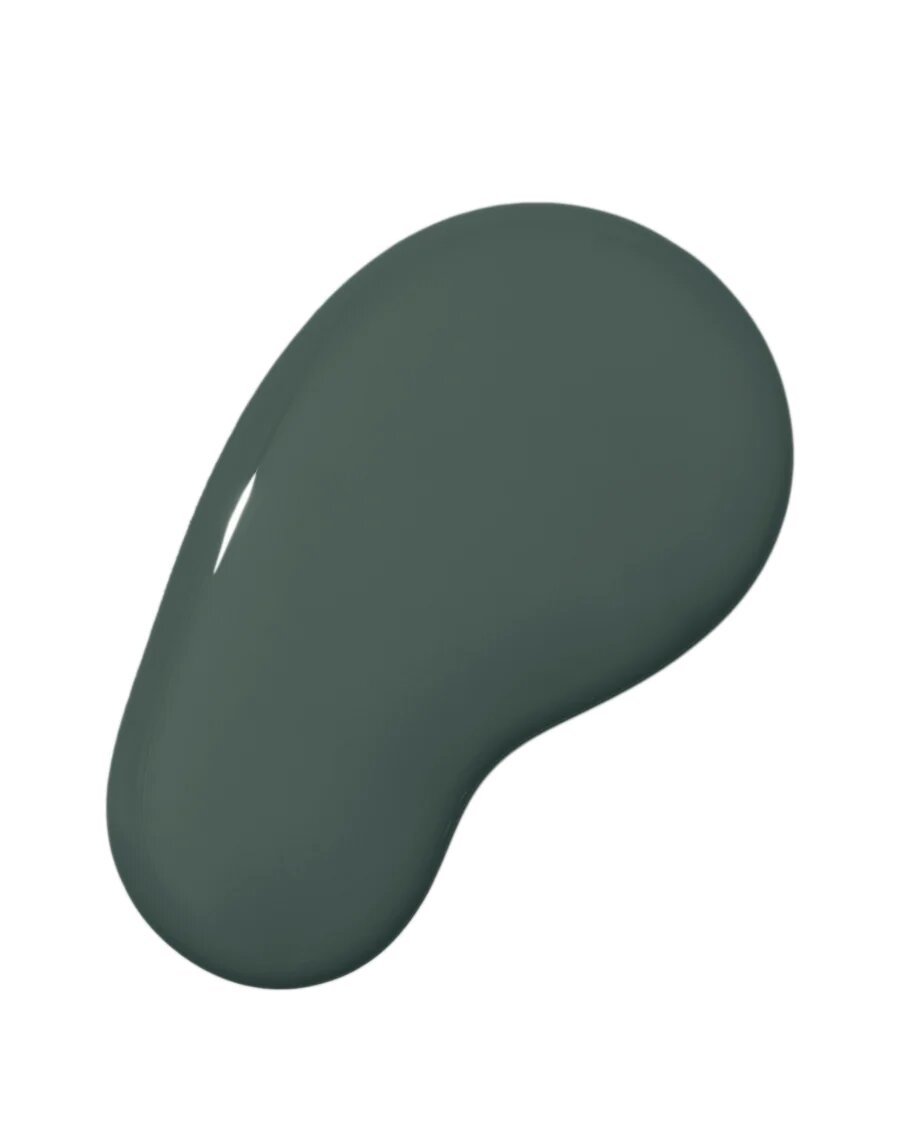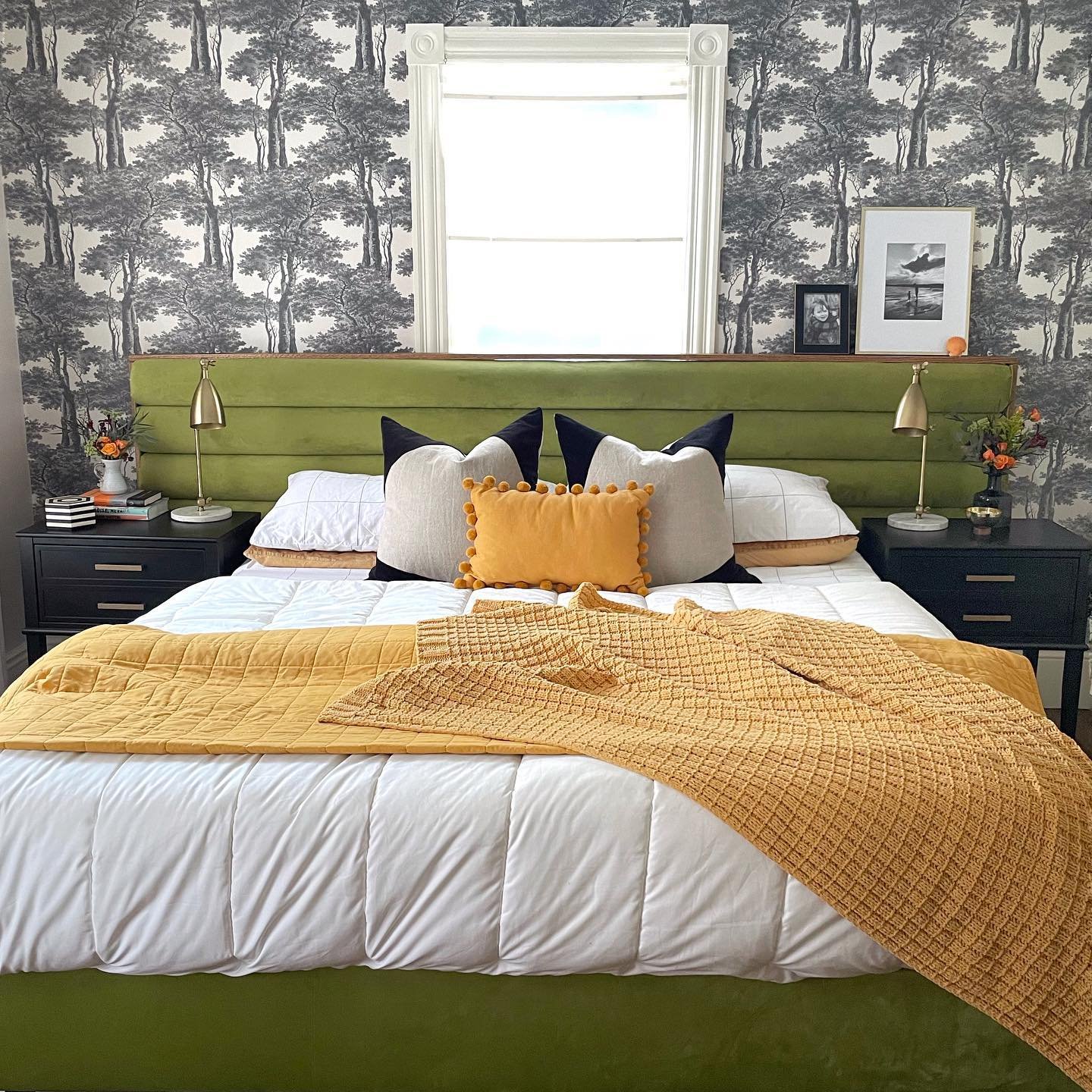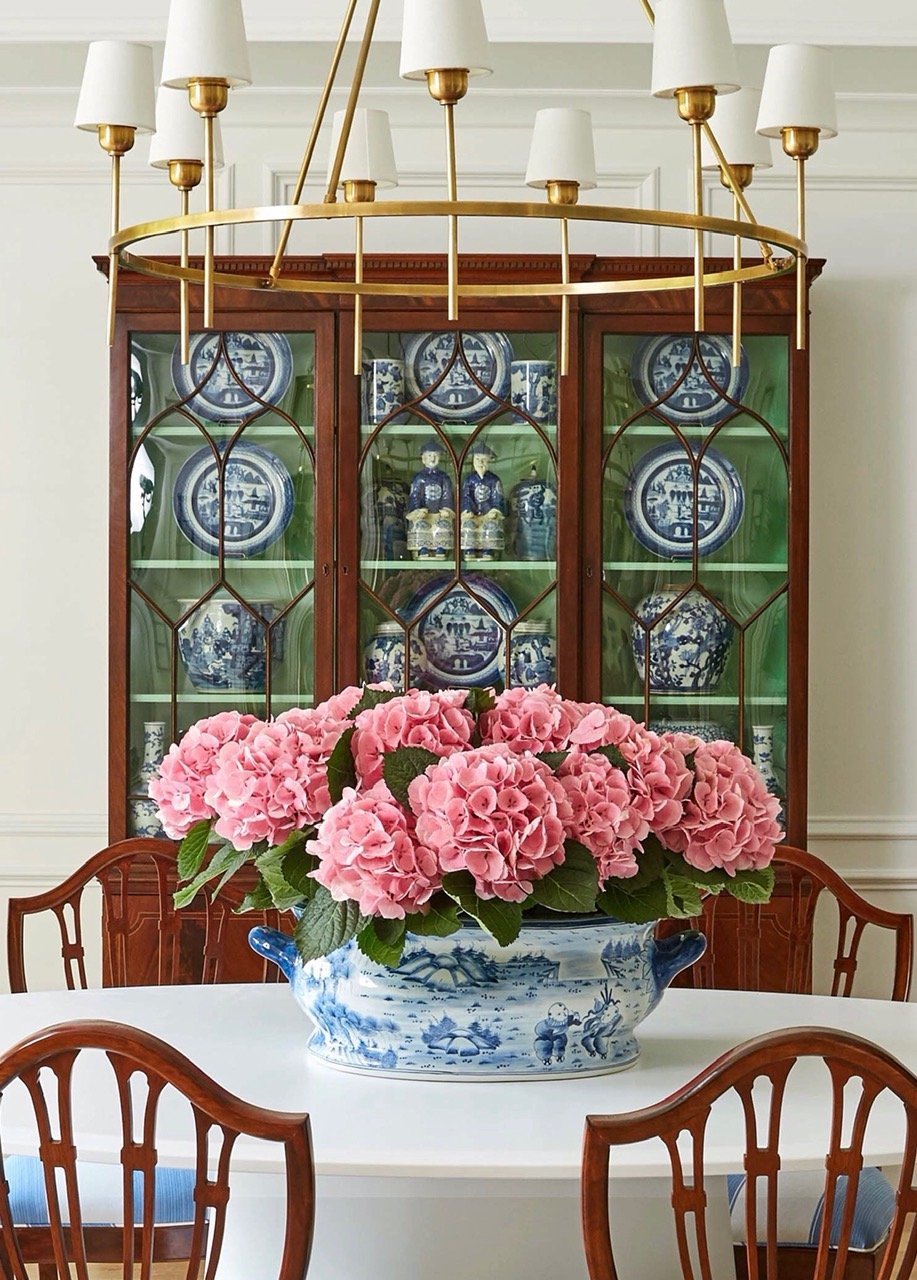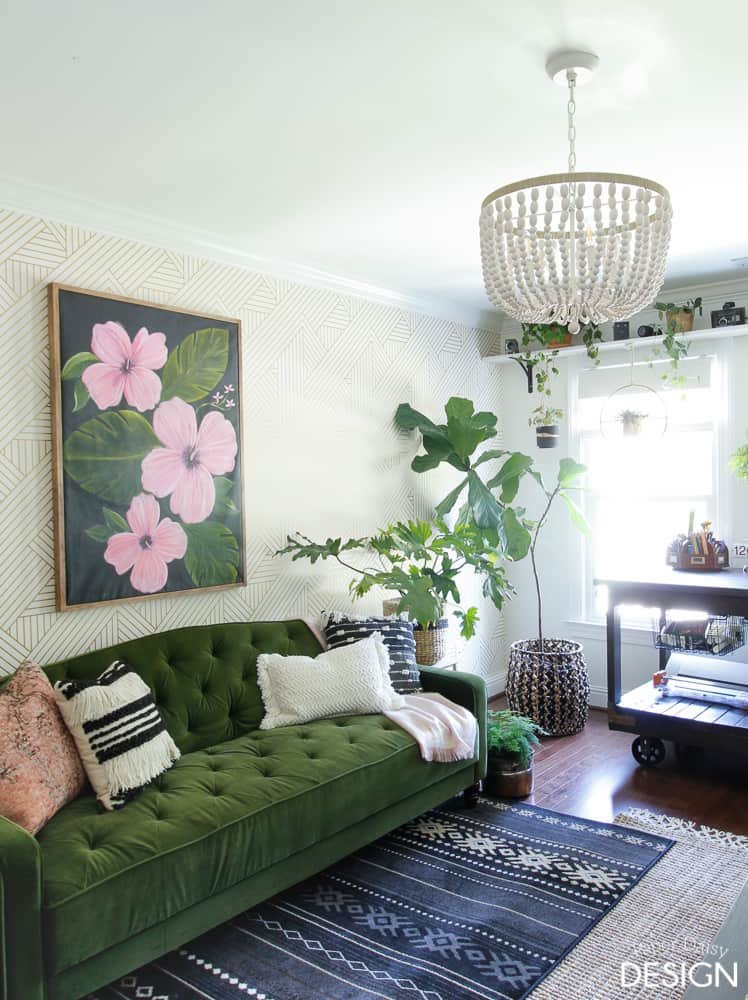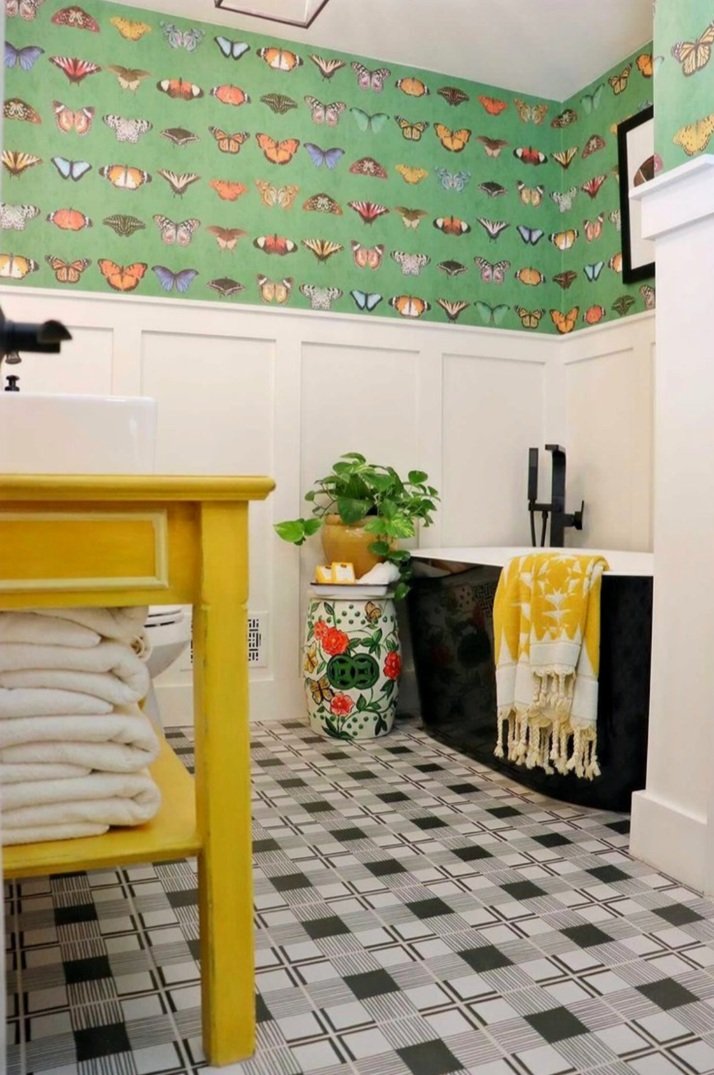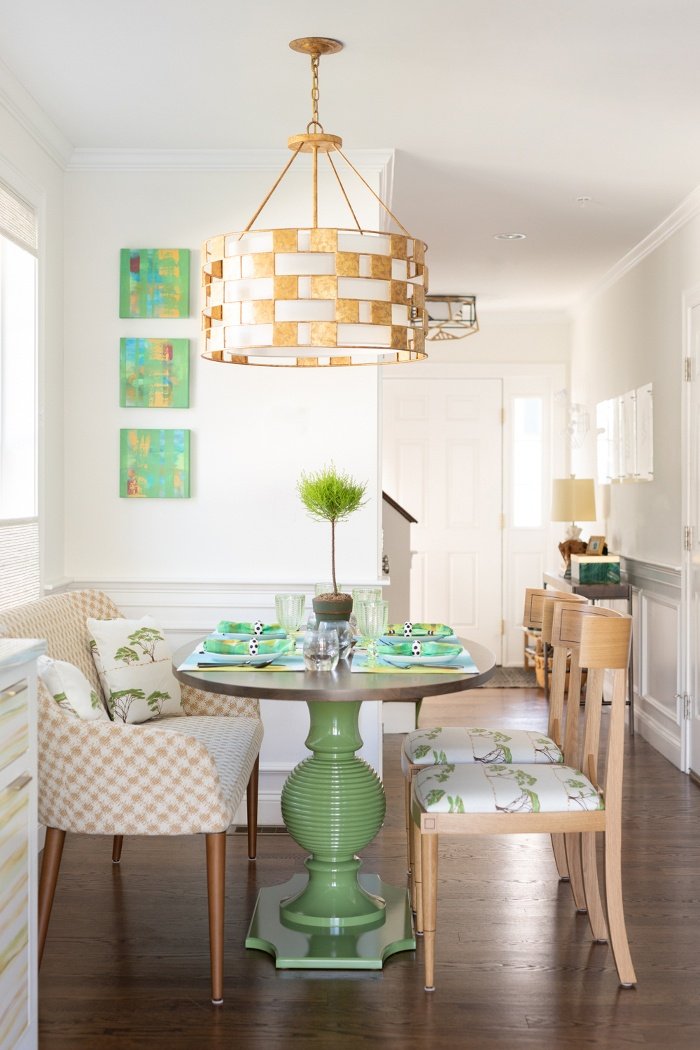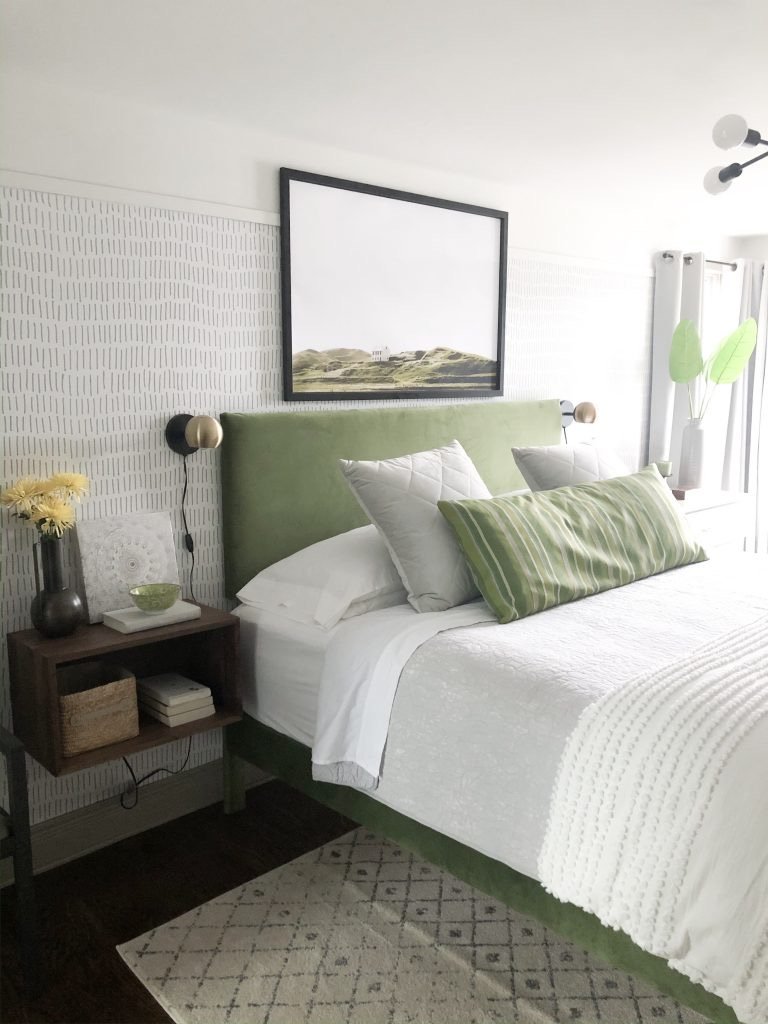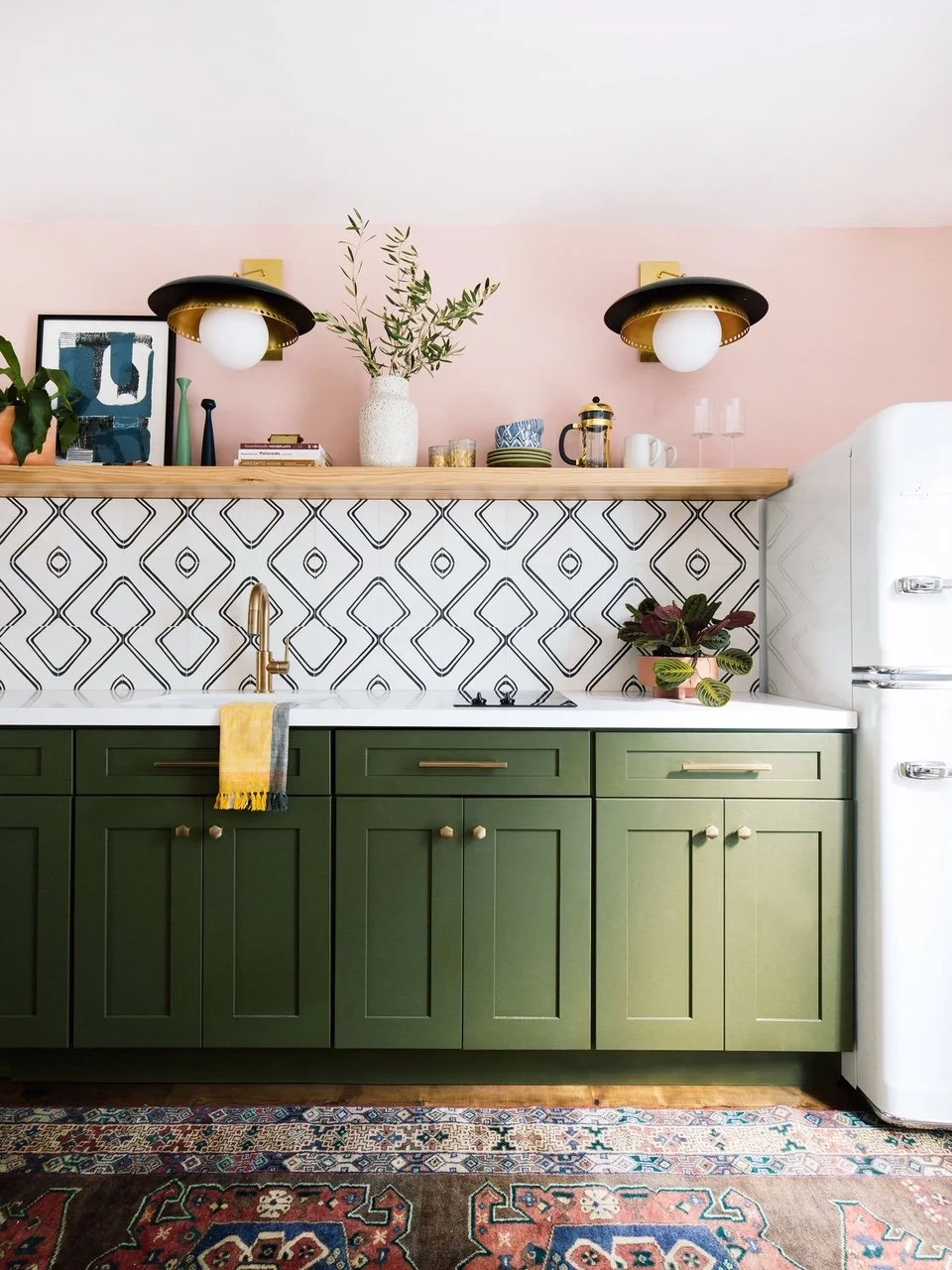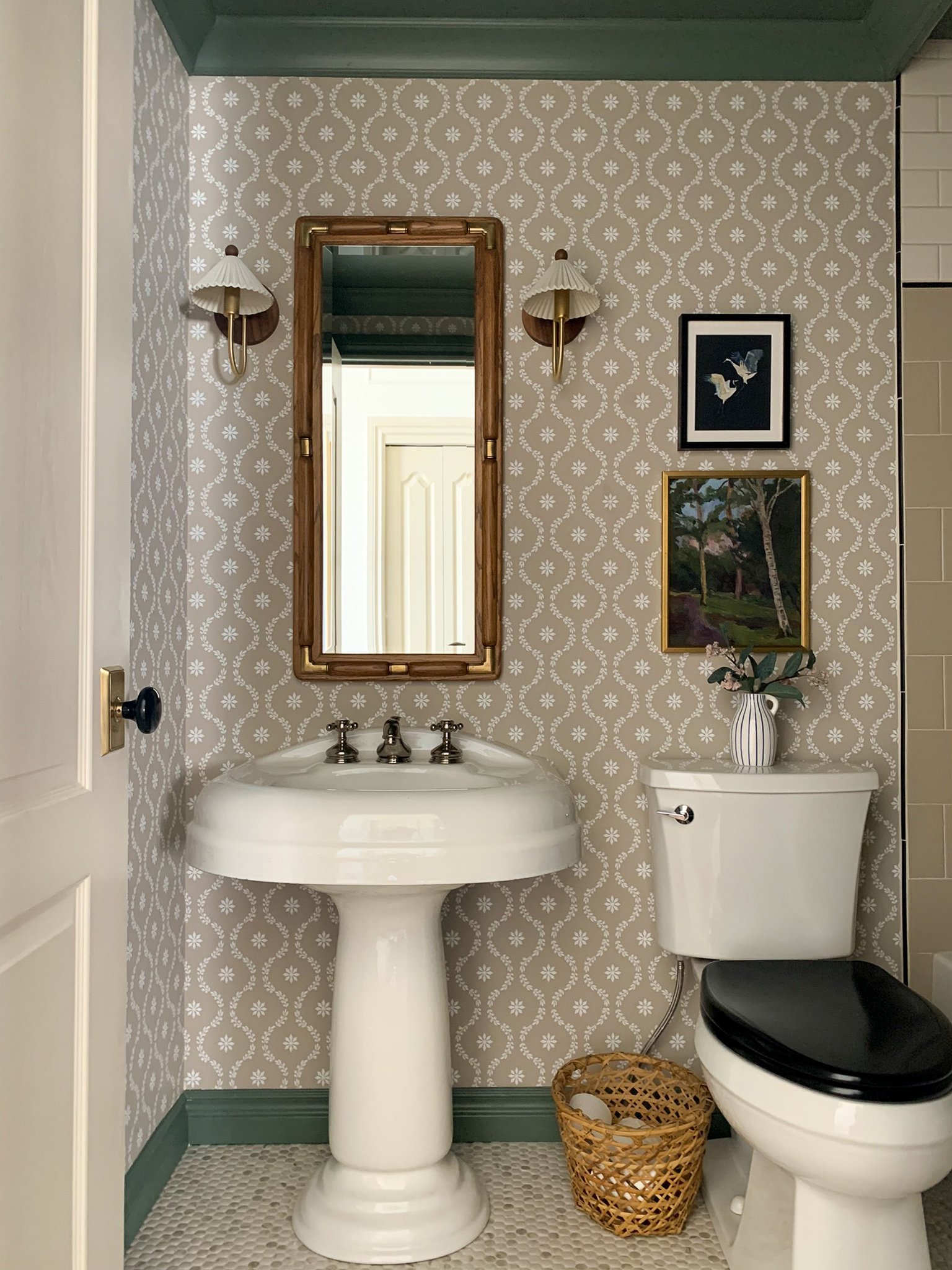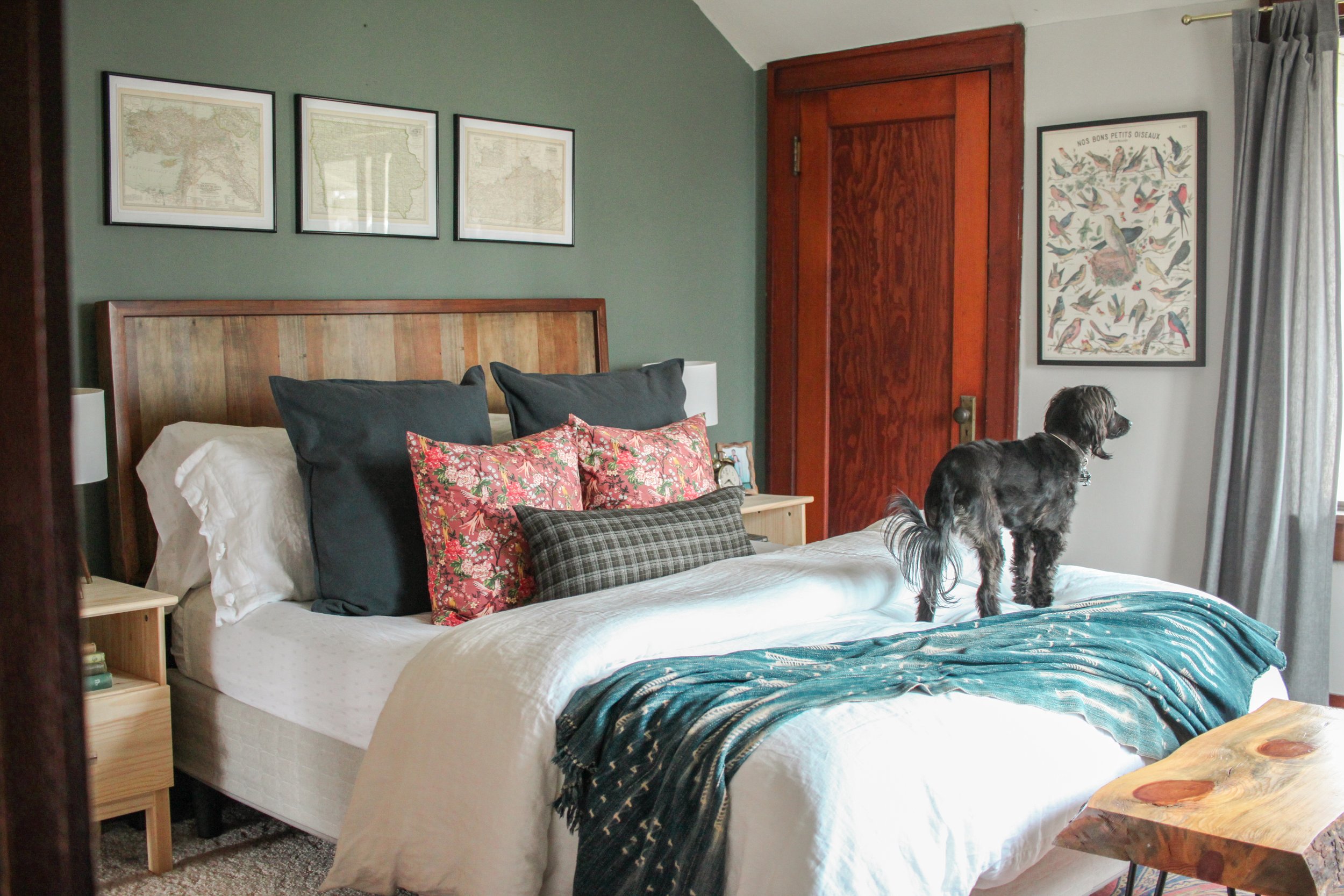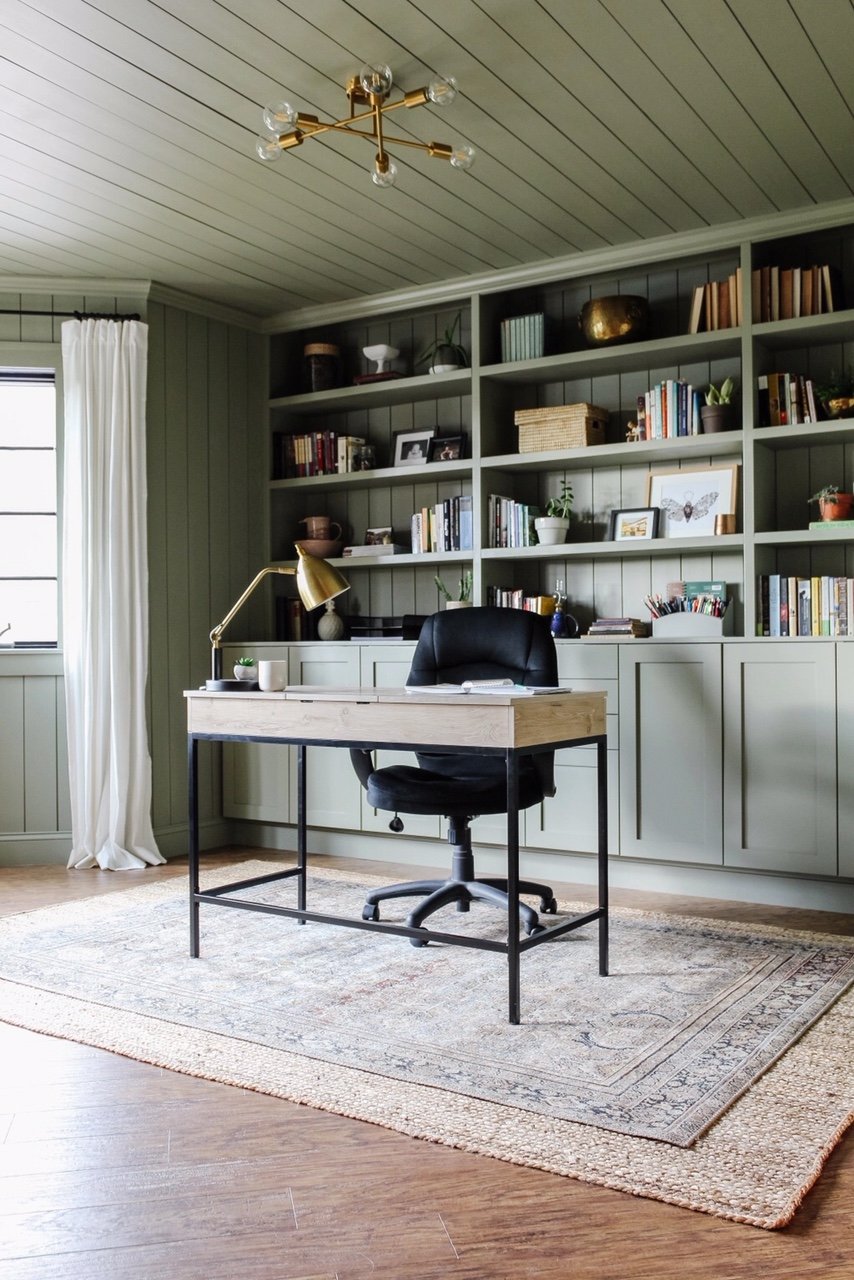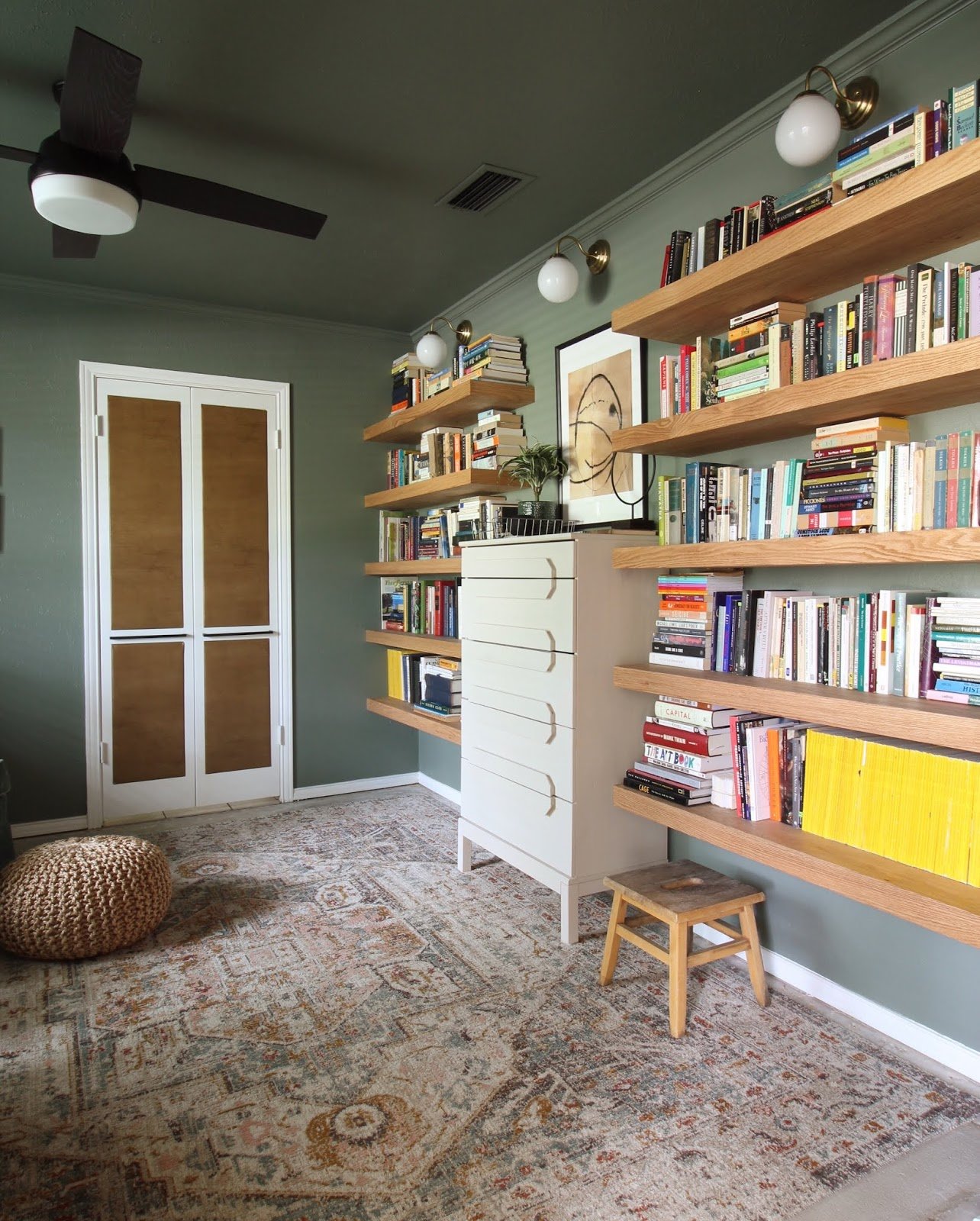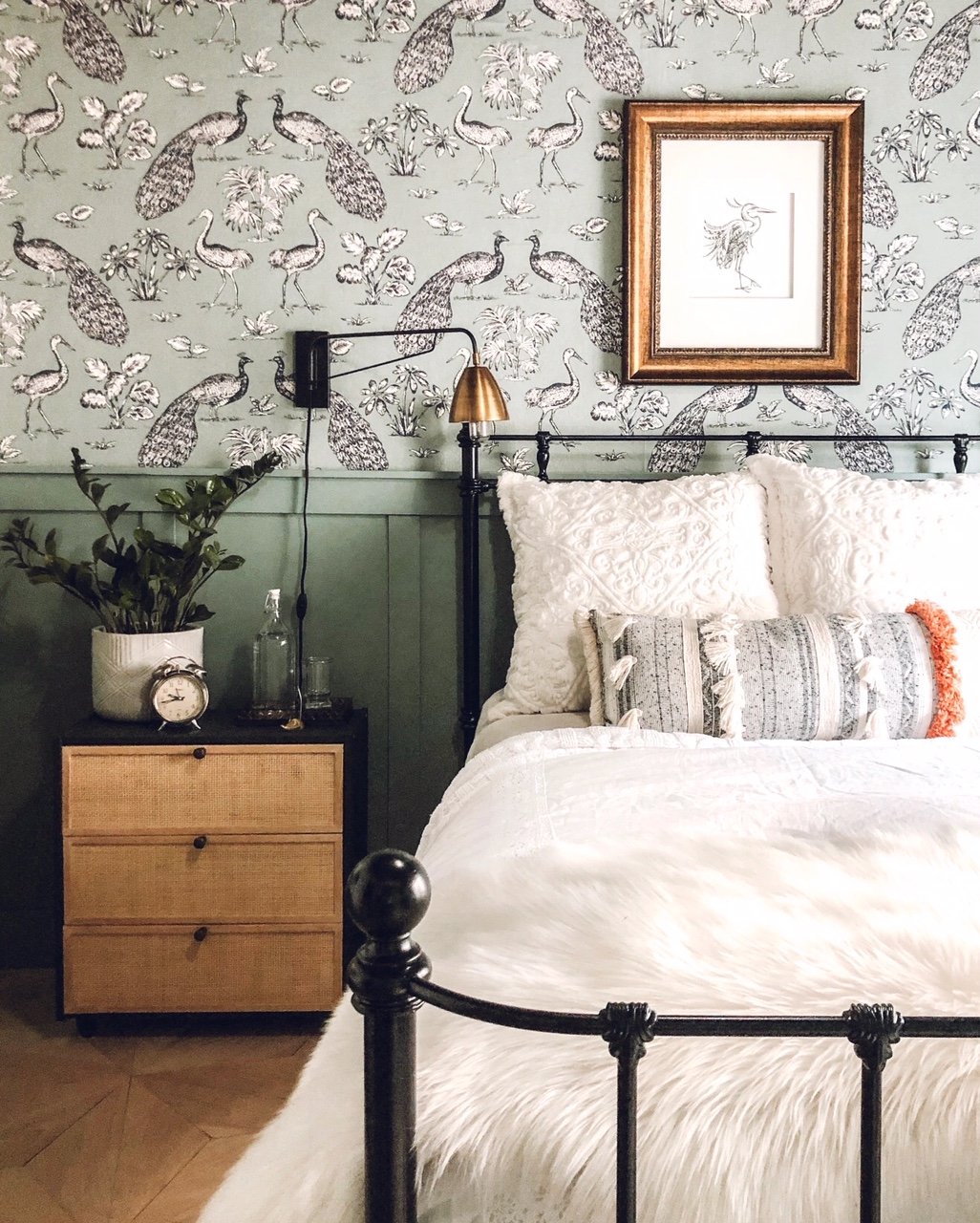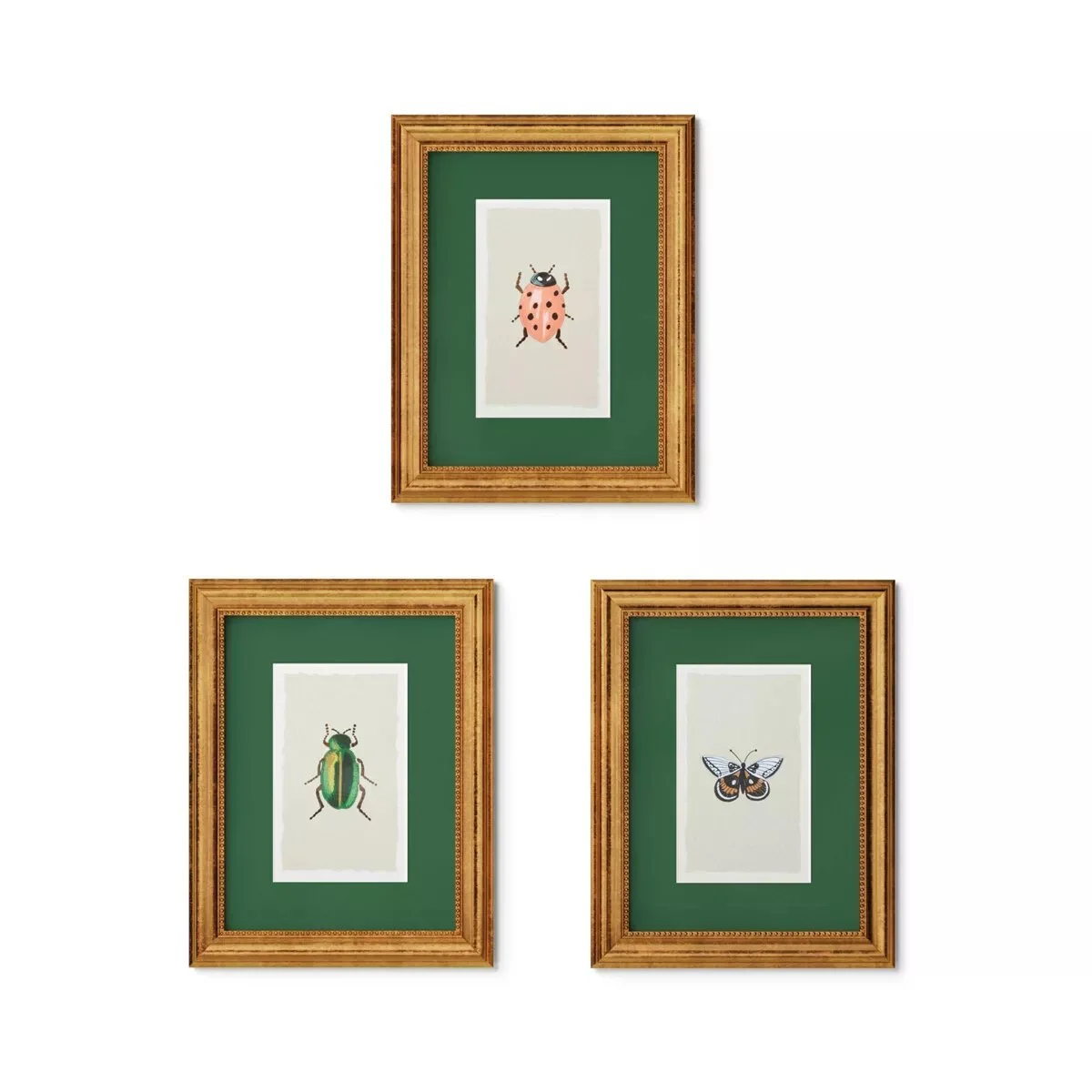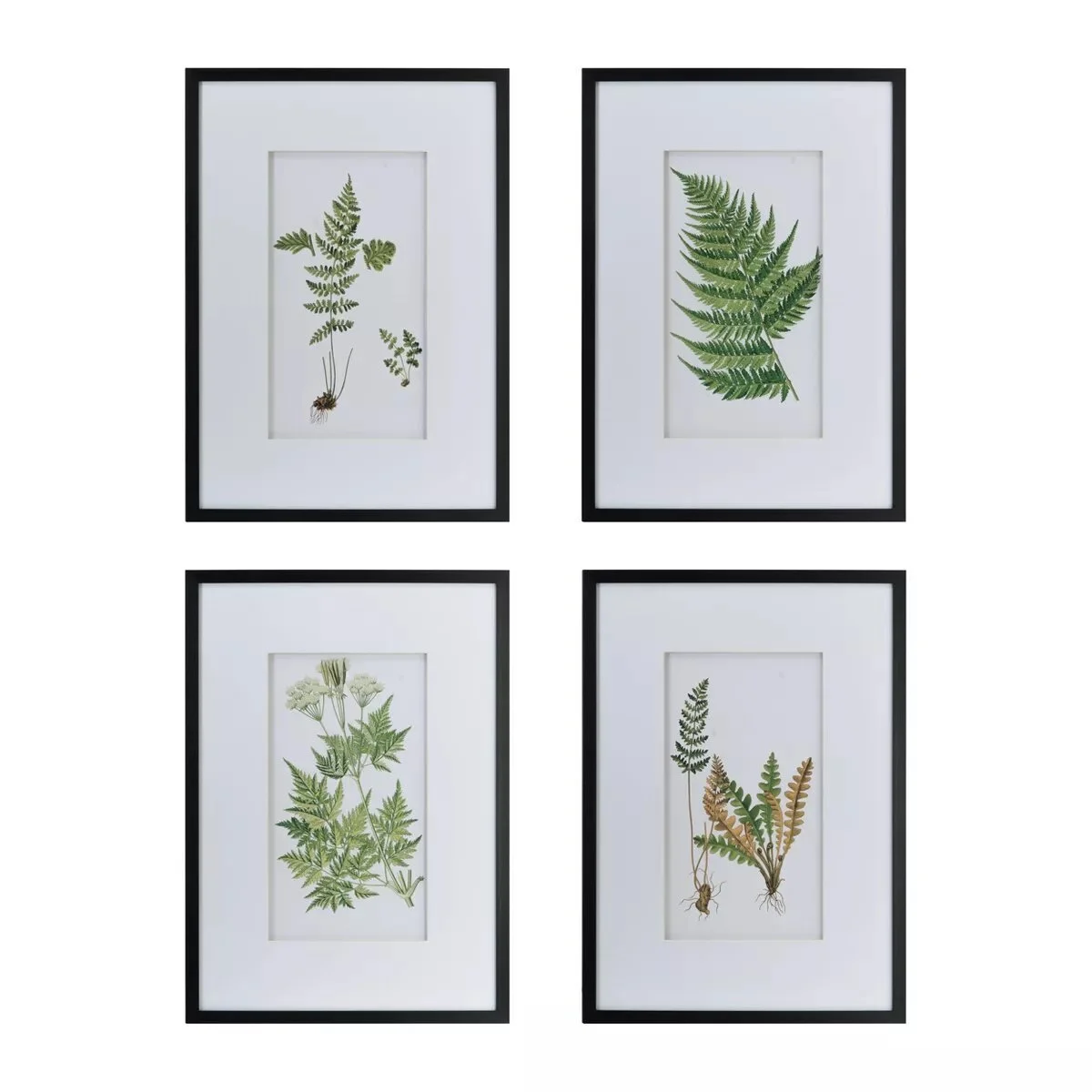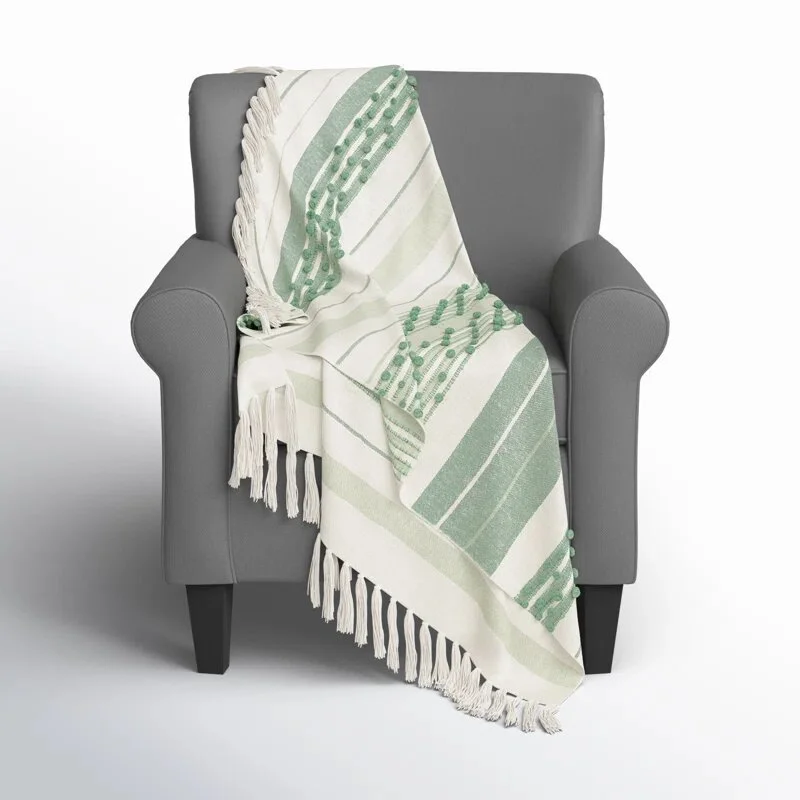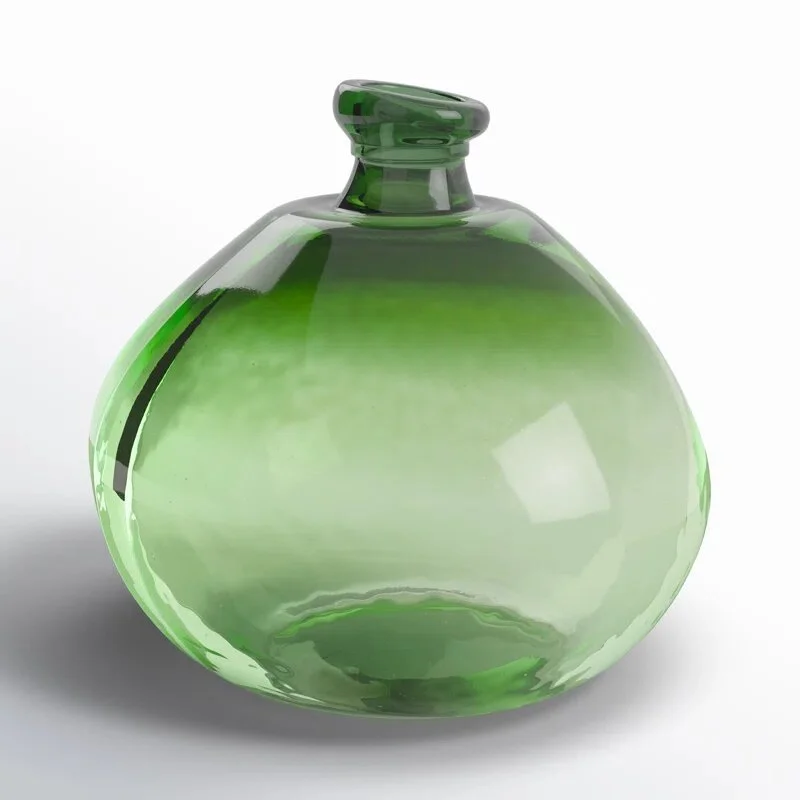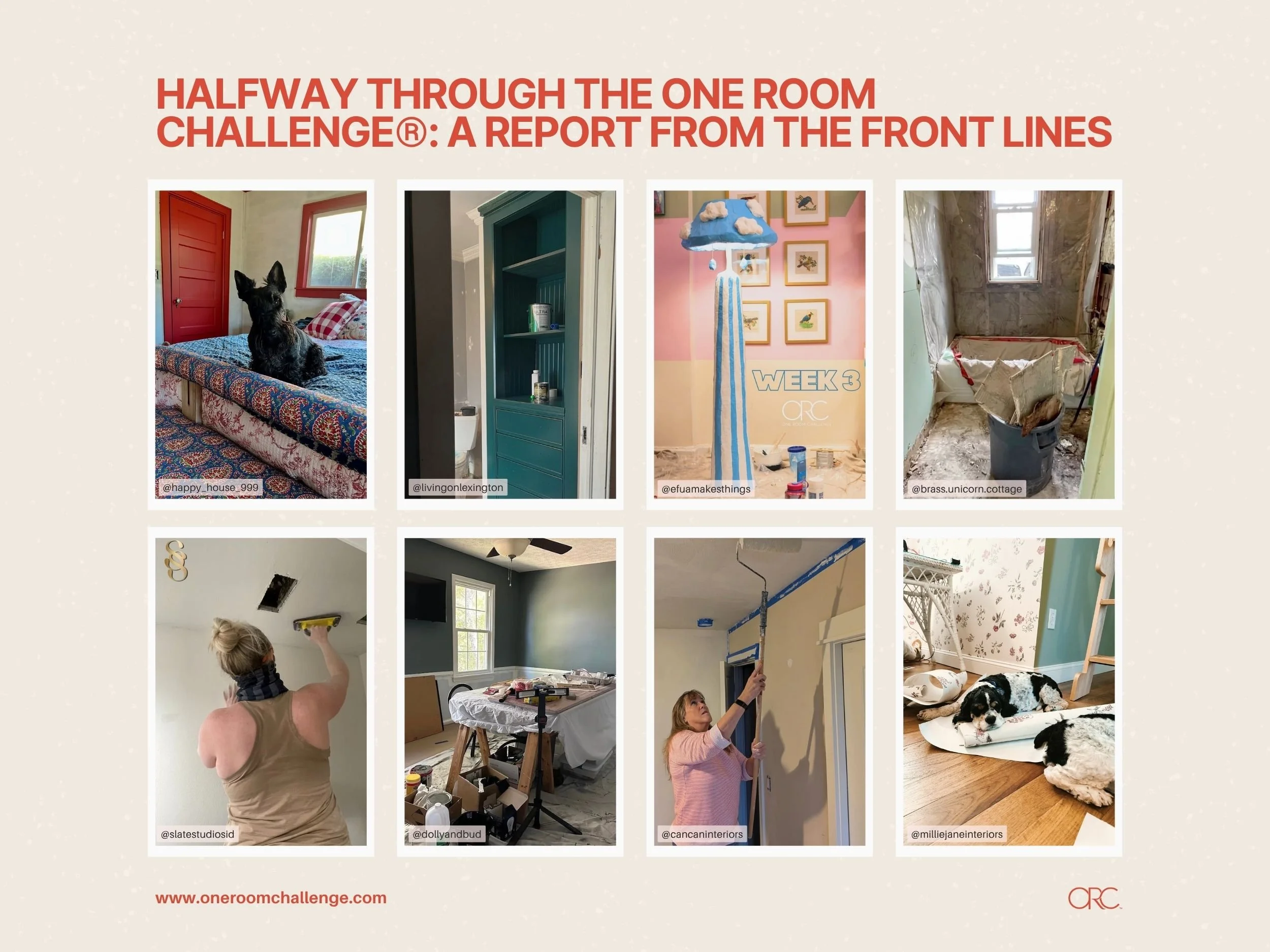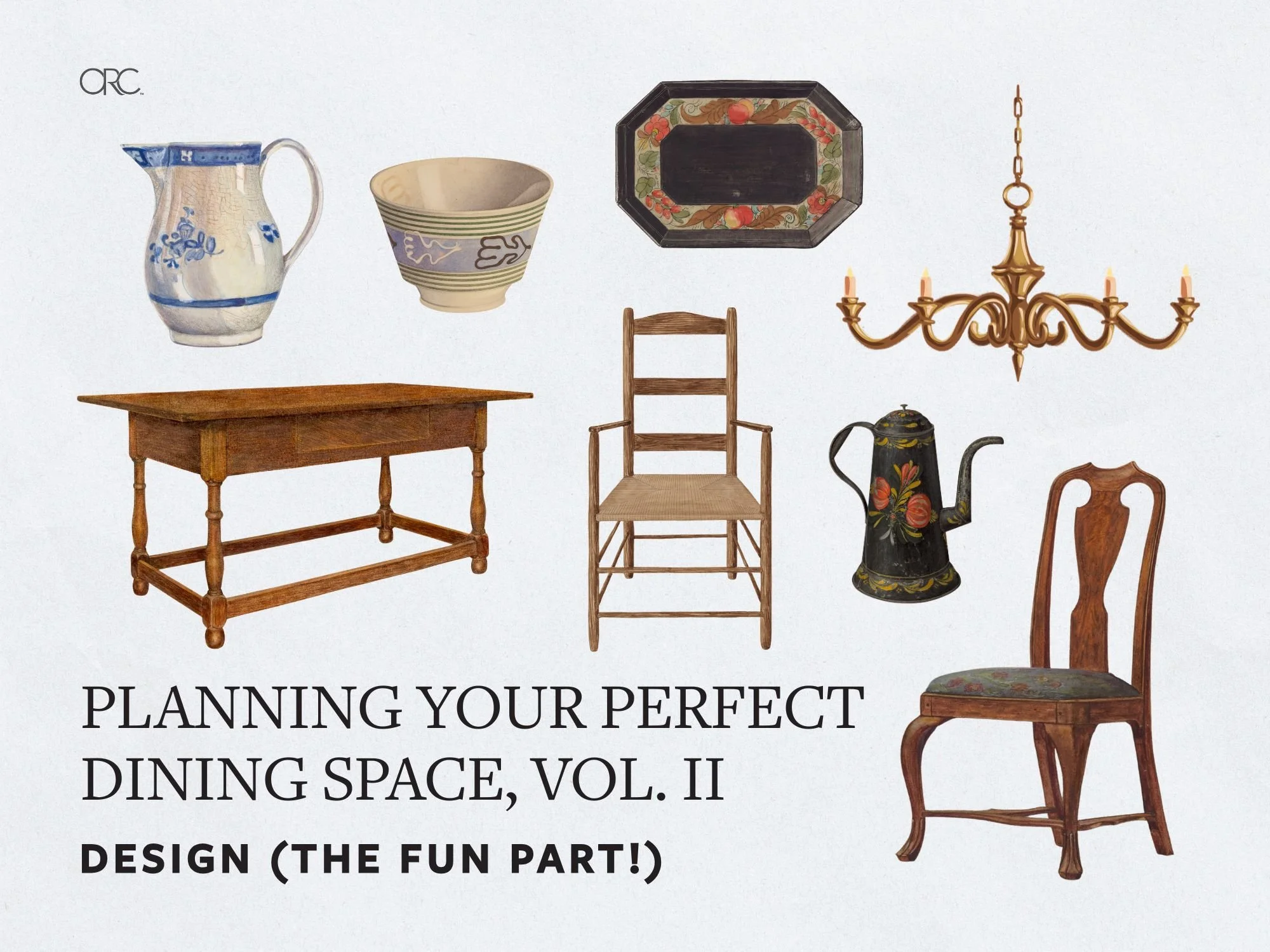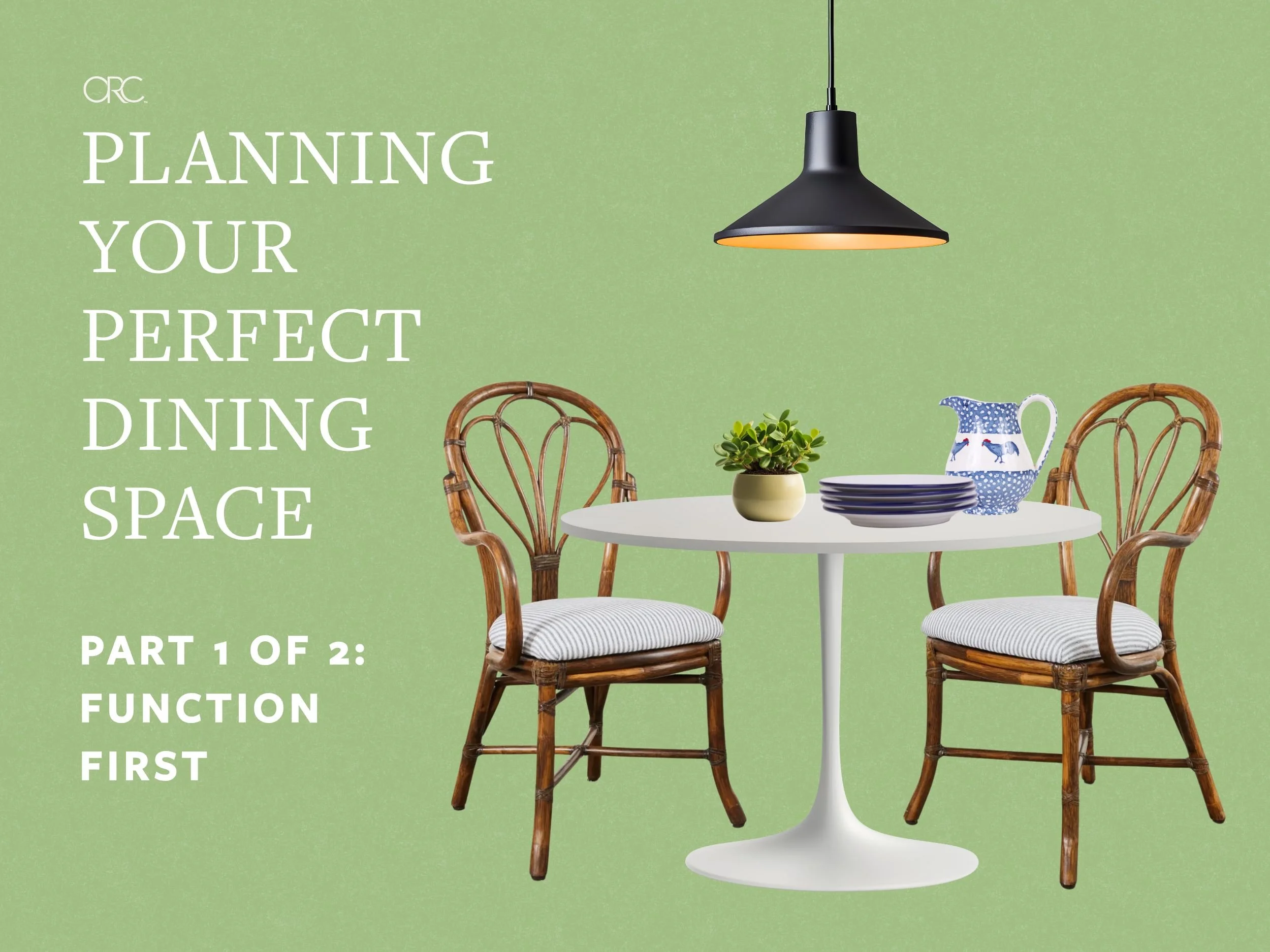How to Find the Perfect Shade of Green
DESIGN
story by Virgina Beshears
A few years ago, I wrote a version of this article, and I’m updating it now in 2025 because green is still going strong—and it’s not going anywhere. Green continues to be one of the most versatile and beloved colors in interior design. If you’re thinking about adding green to your home, this guide will help you find the perfect shade for your space.
Looking to go green? It’s a versatile and refreshing color that can create a variety of moods and aesthetics in your home. But with so many gorgeous shades to choose from, it can be overwhelming to know where to begin.
Although color psychology is a legitimate field, many of the theories you see online are oversimplified. In reality, the same shade of green can evoke entirely different emotions from person to person. A deep forest green might feel rich and sophisticated to one person but gloomy and heavy to another. Our personal experiences, cultural backgrounds, and individual tastes play a huge role in how we perceive color.
So, if you’re struggling to find the right shade of green for your next project (or if you simply love the color), we’ve got you covered. Read on for a breakdown of different shades of green and tips to help you find the one that’s perfect for your space.
Warm Green
The first way to narrow down your search is to decide whether you prefer warm or cool greens.
Warm greens lean towards the yellow end of the spectrum. These shades of green tend to feel more lively and energetic due to the yellow tones. As you can see from the images below, the saturation and lightness of the green has a big effect on its mood, but on the whole these greens tend to feel cheerful.
Cool green
On the other hand, cool greens have blue undertones, which make them feel more serene and calming. These shades can vary from deep emerald to fresh summer green or even airy seafoam. Cool greens often work beautifully in spaces designed for relaxation and tranquility.
Using green to make a moody vibe
Green is an incredibly underrated choice in a dark and moody space.
Dark green shades like forest green or deep emerald can add depth, richness, and intensity to a room, evoking a sense of drama and intrigue.
As you can see in the images below, dark green can look amazing in a warm or cool shade, and it ultimately comes down to personal preference.
Our favorite green interior paints
Accents of green
Not ready to go all-in on green? Even small accents or pops of green can breathe energy and freshness into a space. Whether it’s a statement chair, a piece of art, or a collection of green ceramics, incorporating the color in smaller doses can still make a big impact.
Muted green
Once you’ve decided between warm or cool greens and light or dark greens, the last variable to consider is saturation.
Muted greens, also called dusty greens, have a soft, desaturated look that makes them feel calming and timeless. These shades work particularly well in Scandinavian, rustic, or organic modern spaces and pair beautifully with natural materials like wood, linen, and rattan.
Now that you’ve explored the different variations of green, choosing your perfect shade should hopefully be easier. The most important factor? Consider how a color makes you feel and whether that aligns with the atmosphere you want to create in your space. Whether it’s calm, happy, creative, or grounded, the right shade of green is the one that resonates with you the most—not just the one that’s trending.

